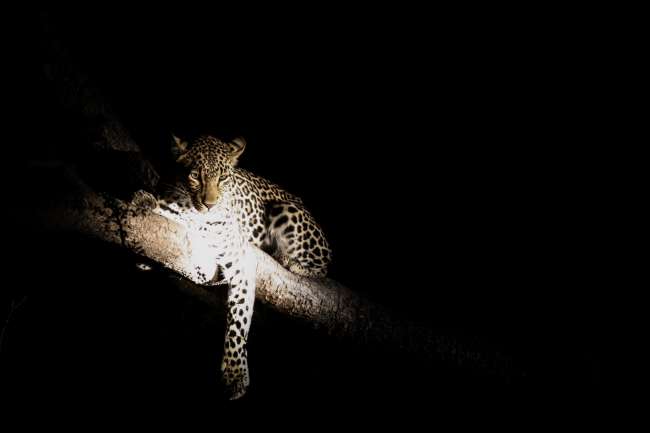South Africa, from Johannesburg to Cape Town in four weeks
Udgivet: 08.01.2017
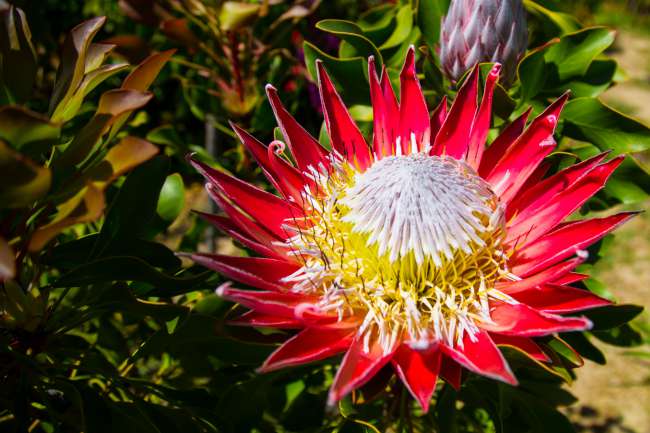
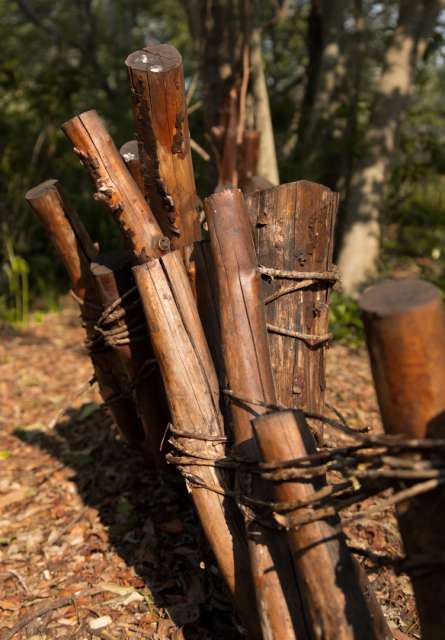
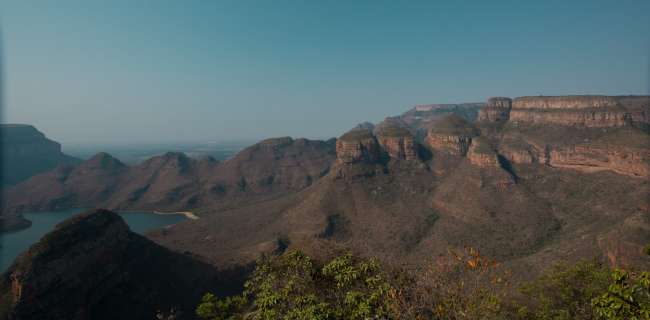
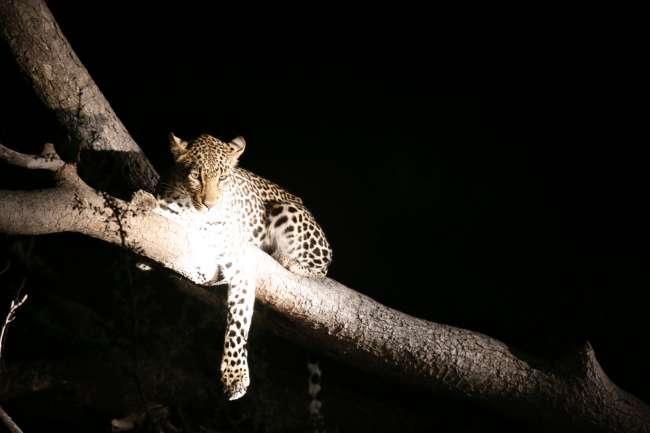
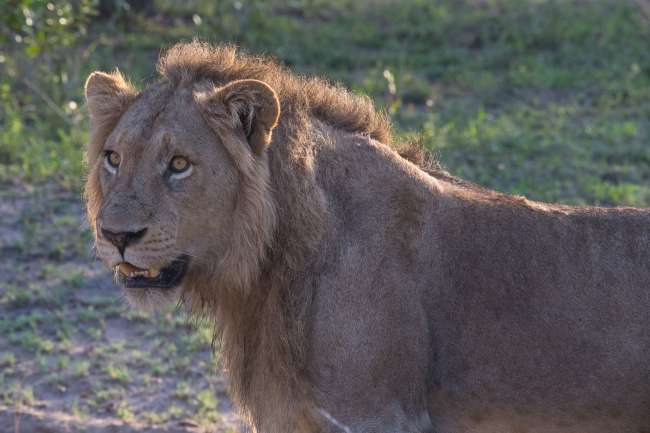
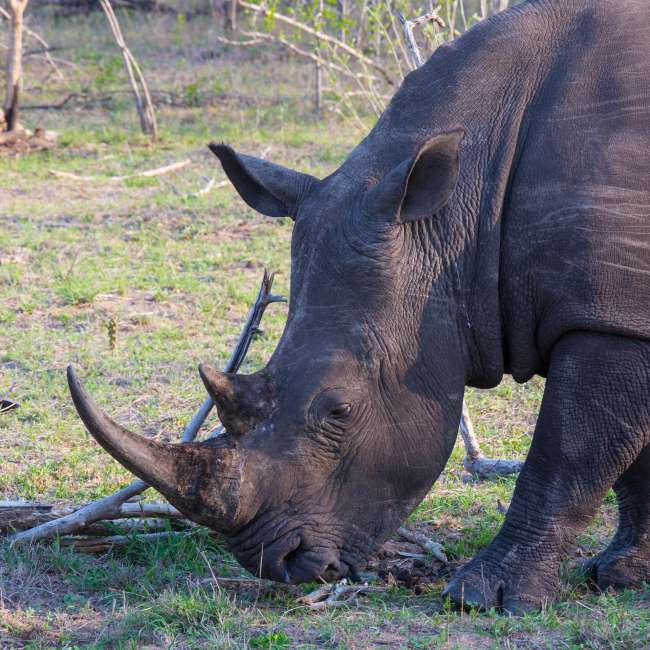
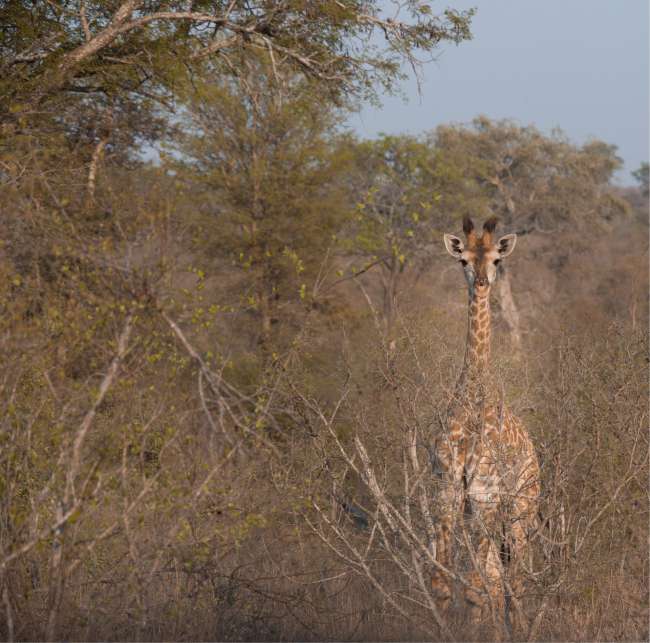
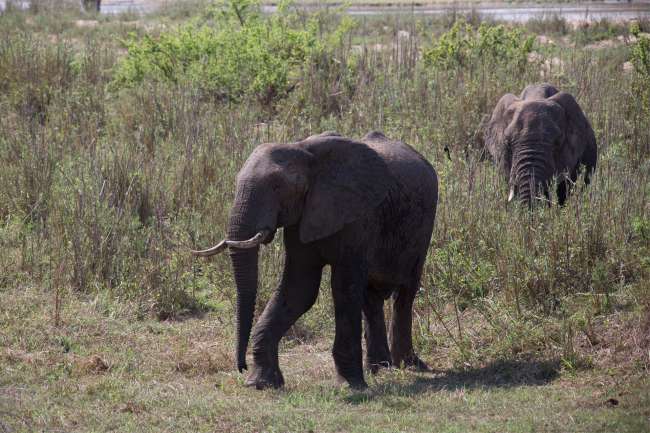
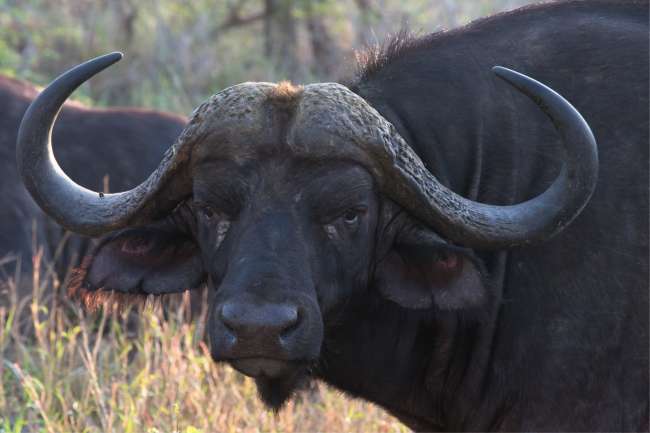
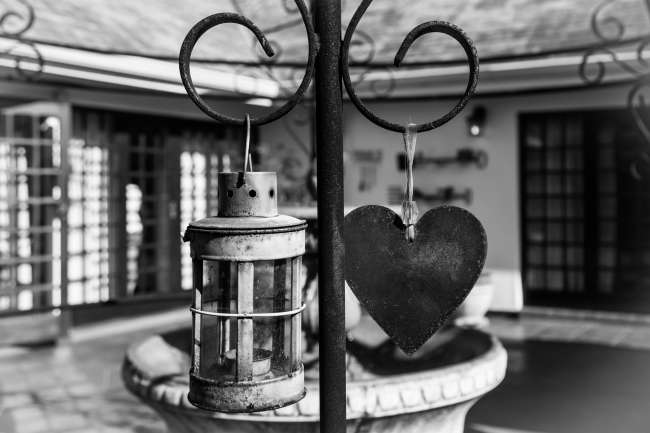
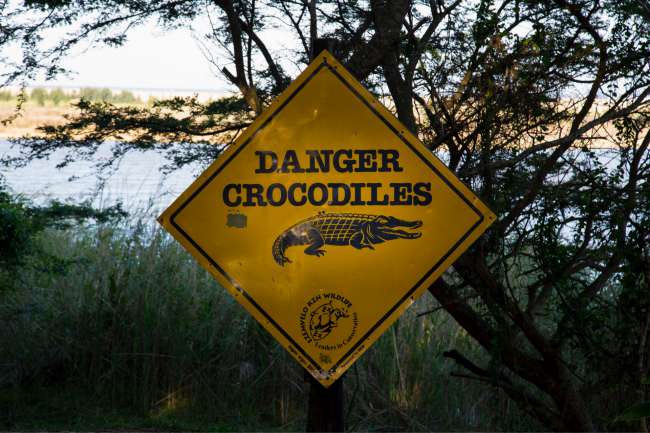
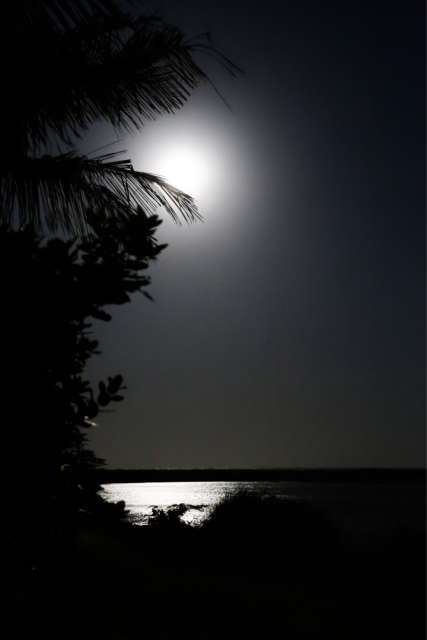
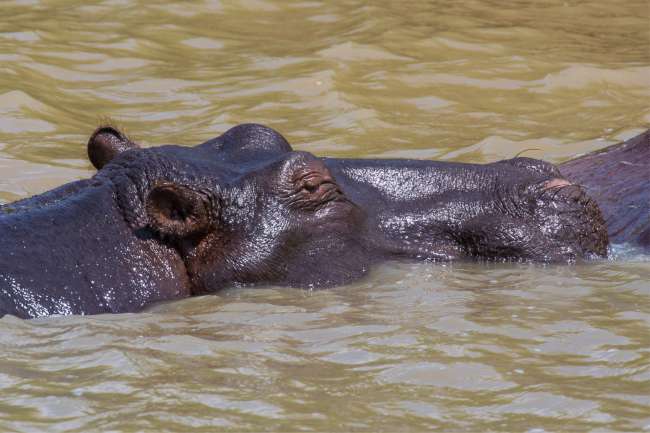
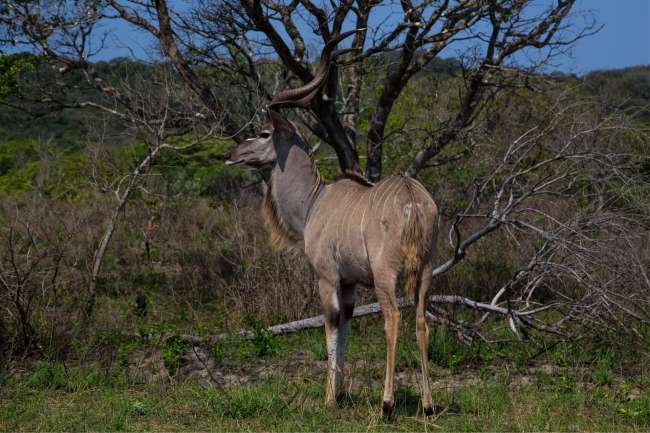
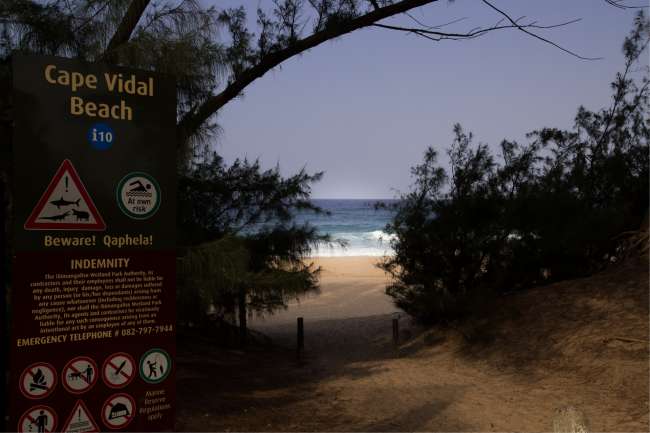
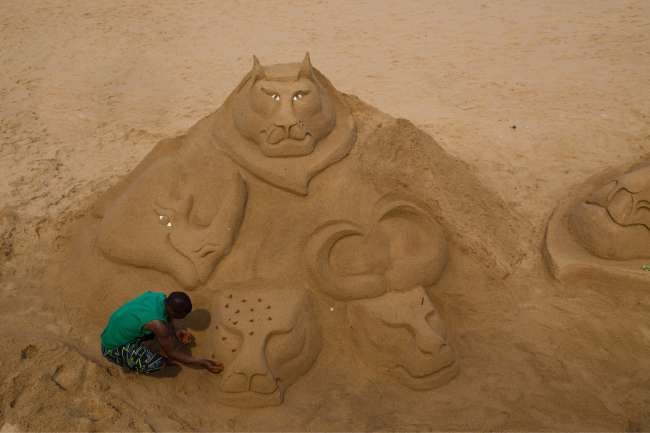
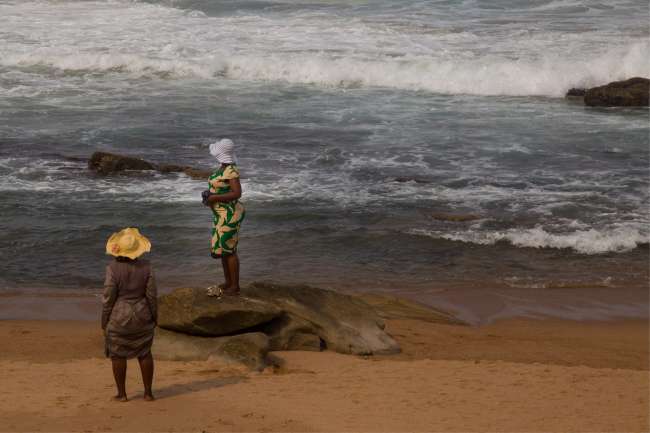
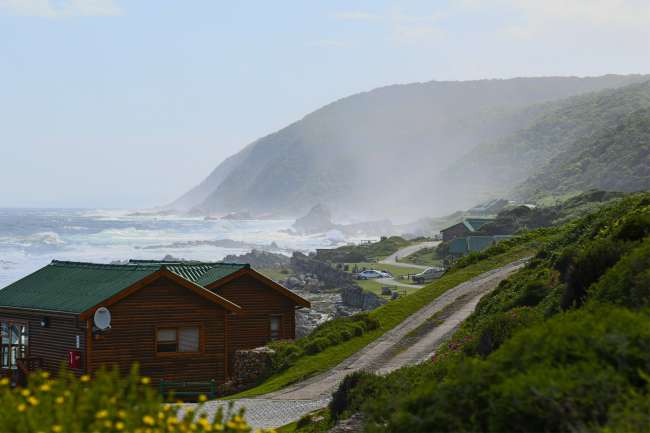
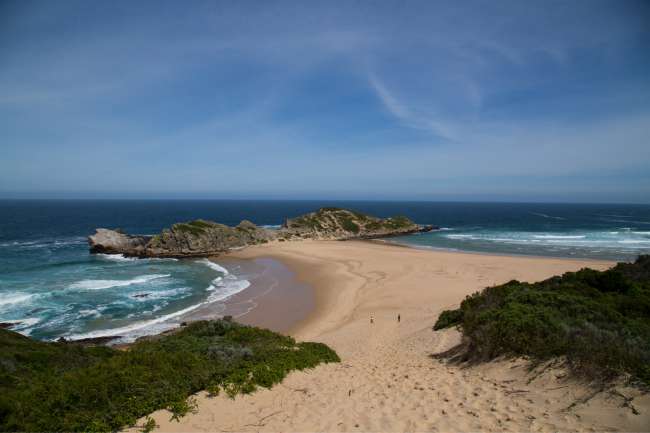
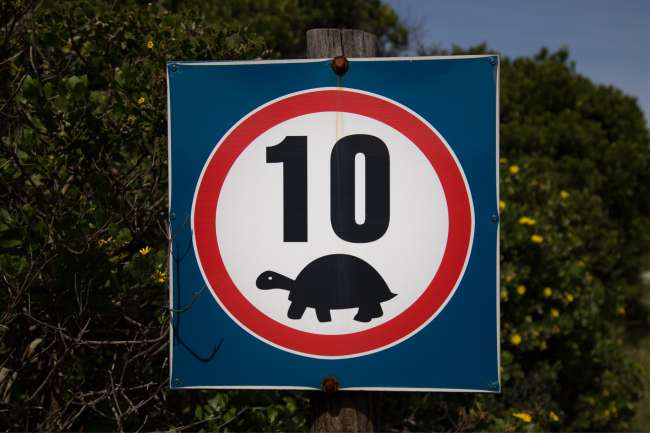
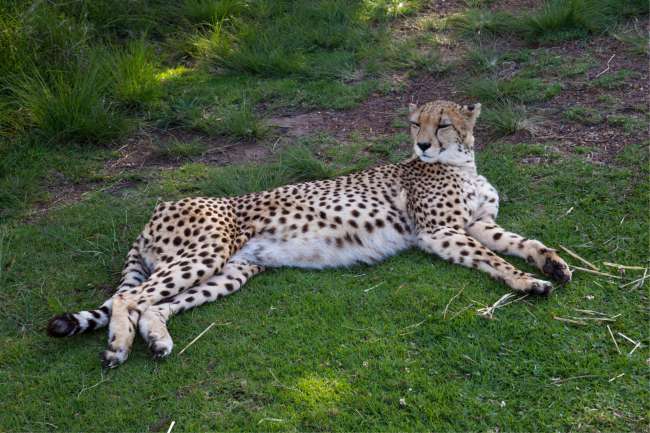
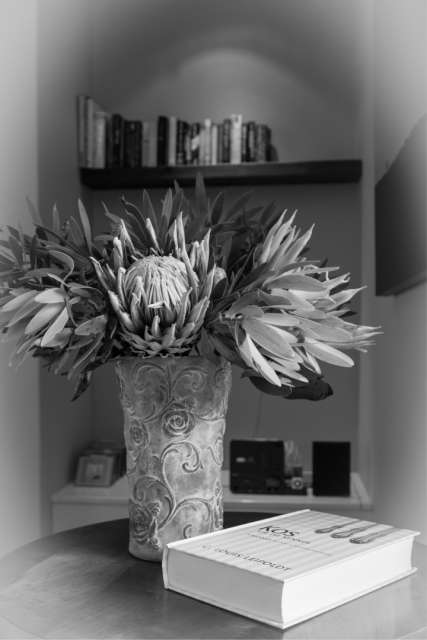
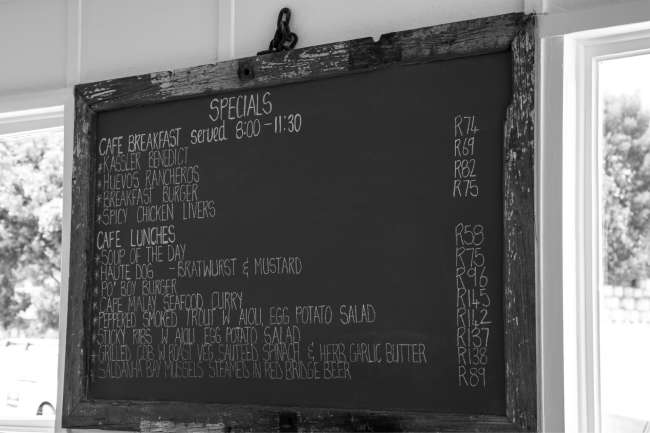
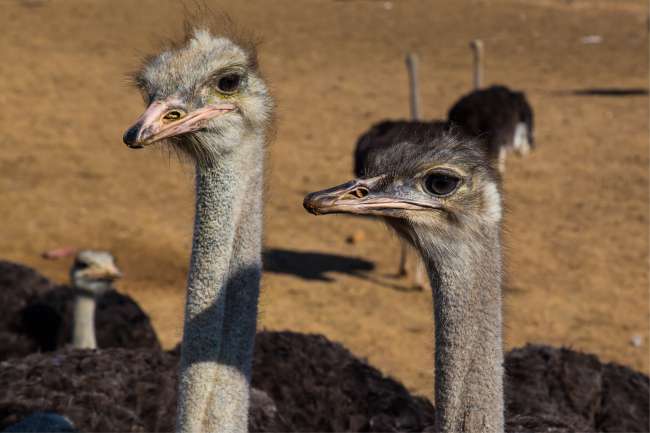
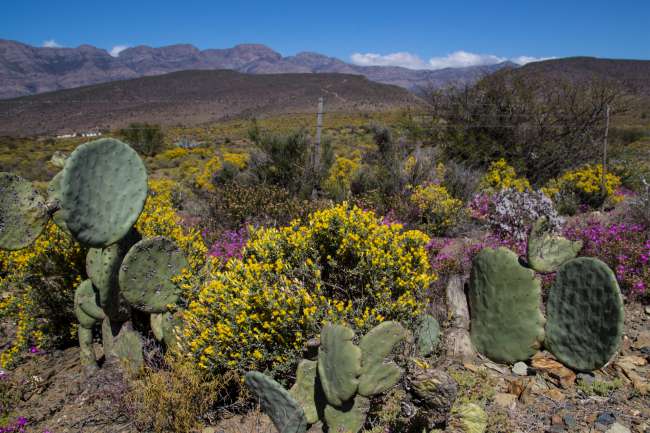
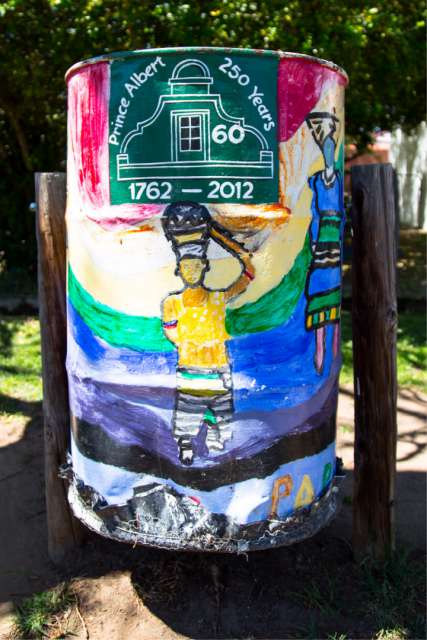
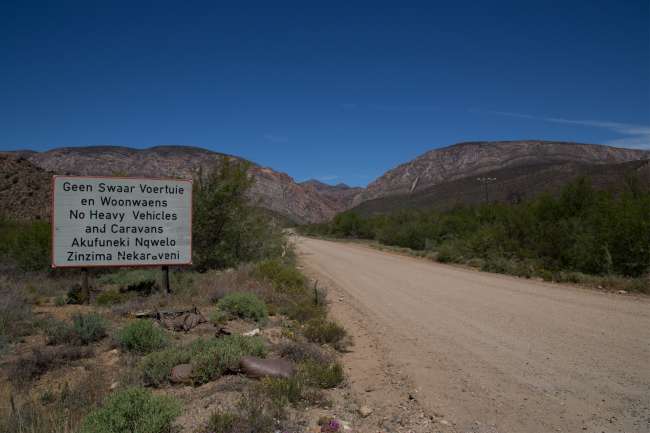
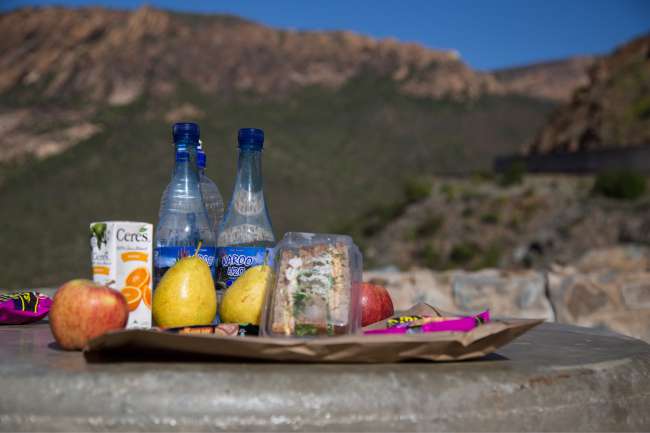
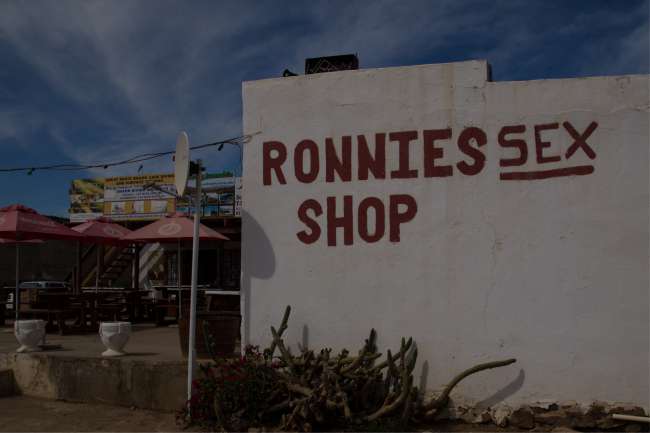
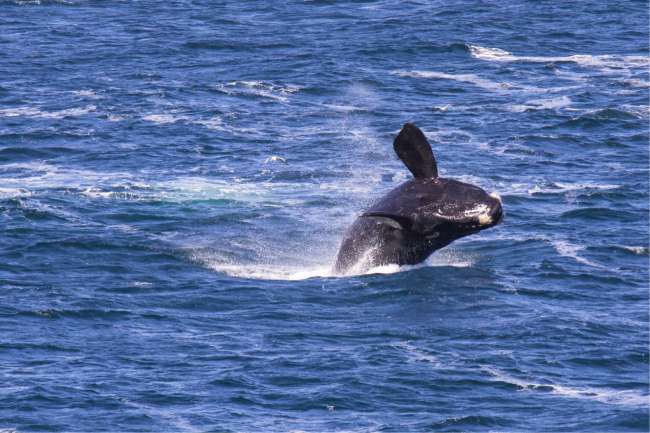
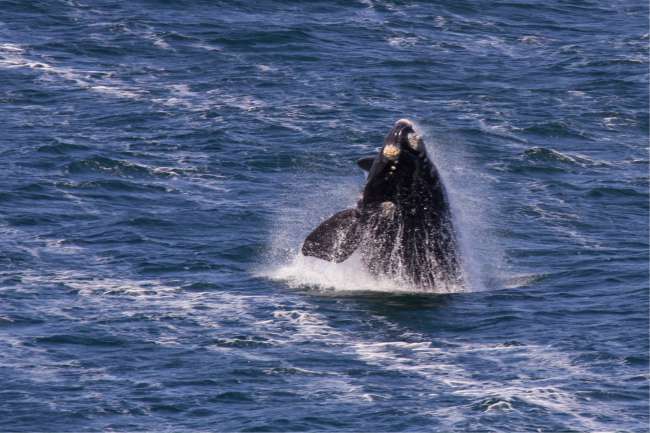
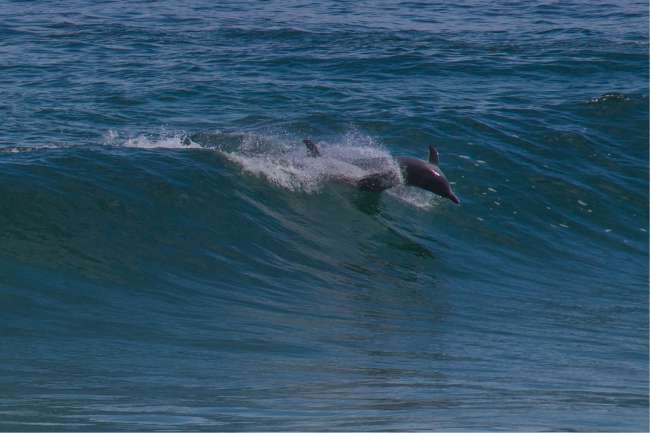
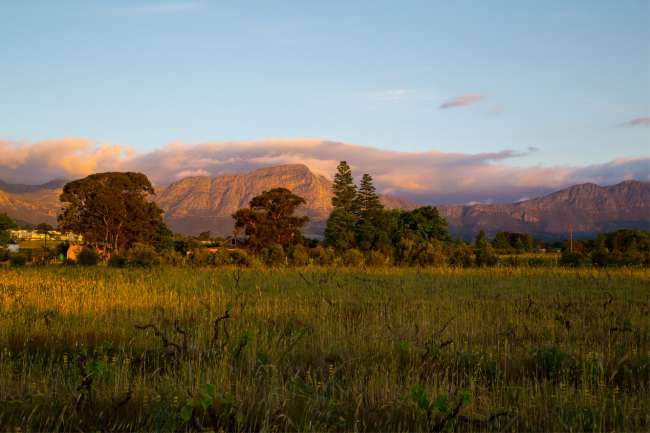
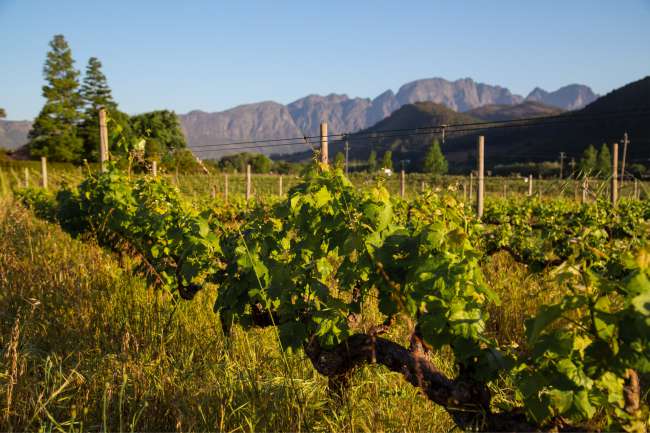
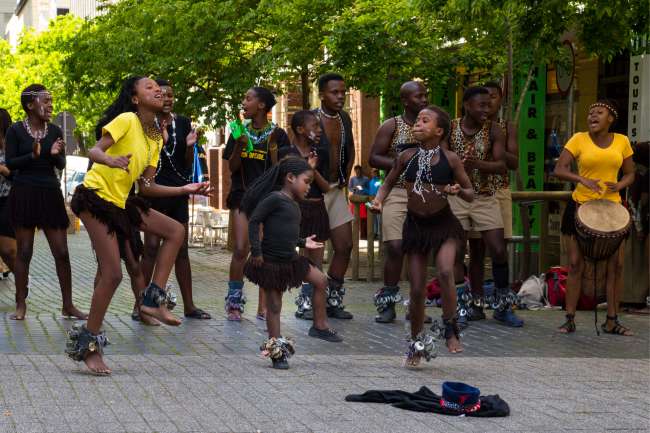
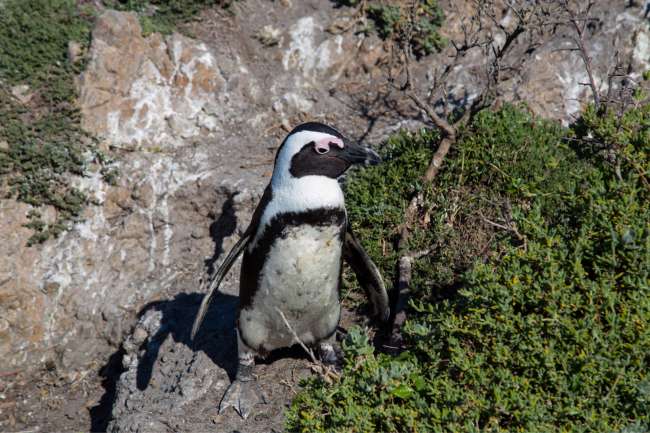
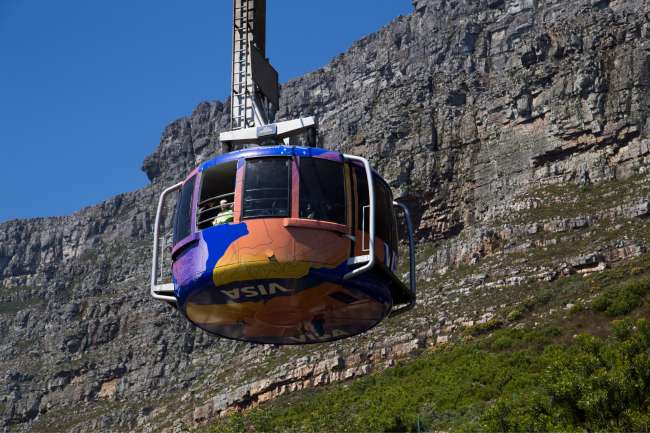
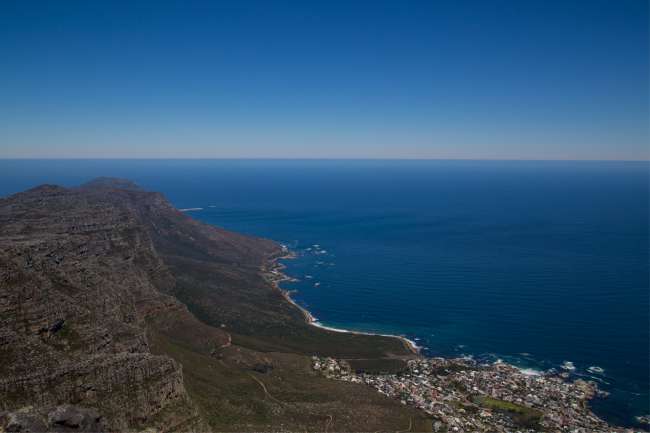
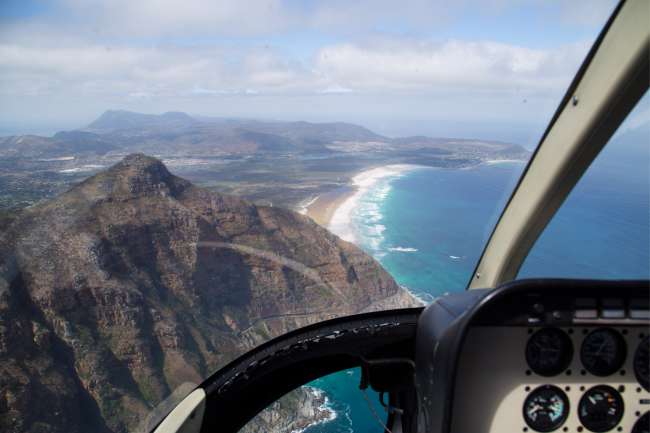
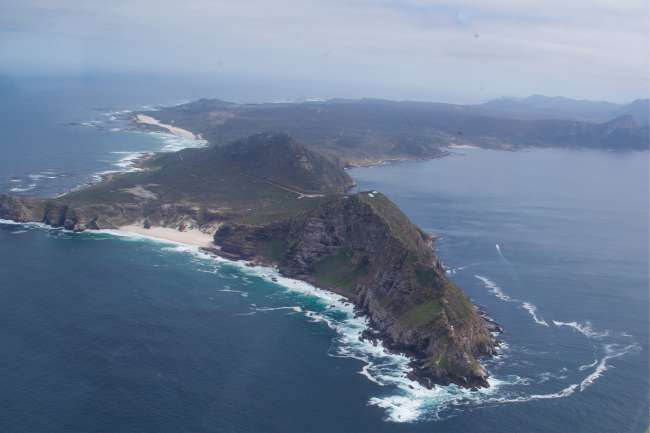
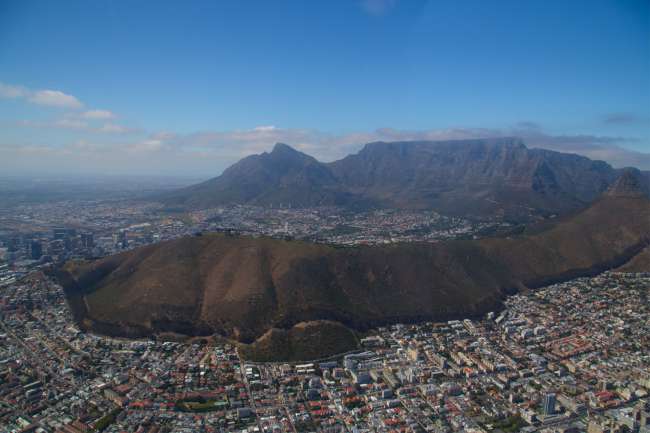
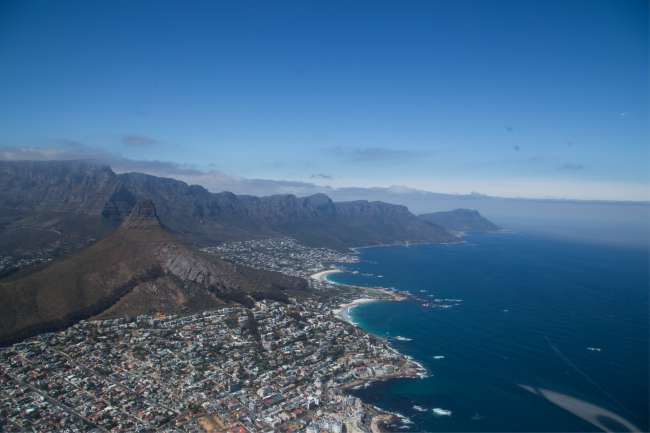
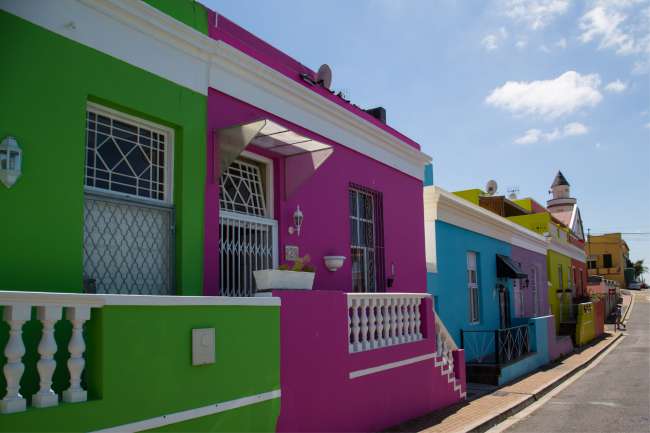
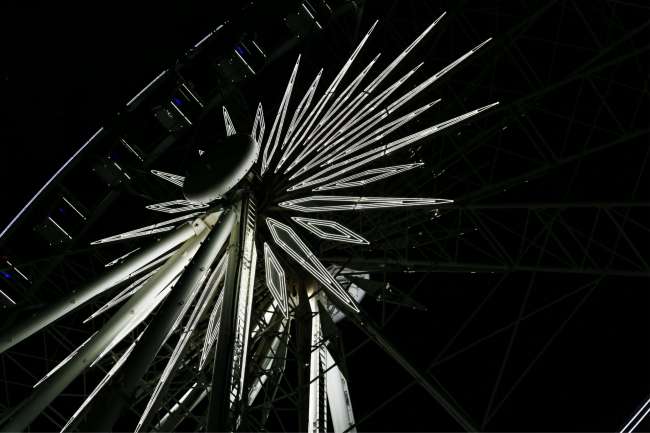
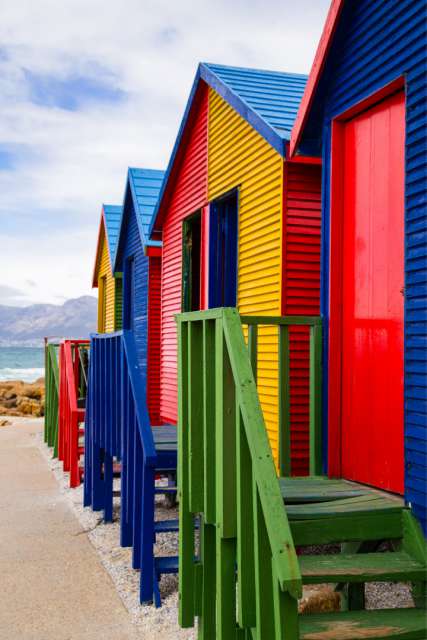
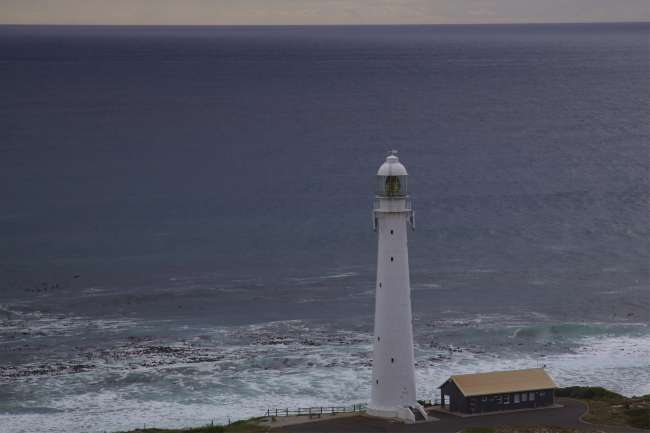
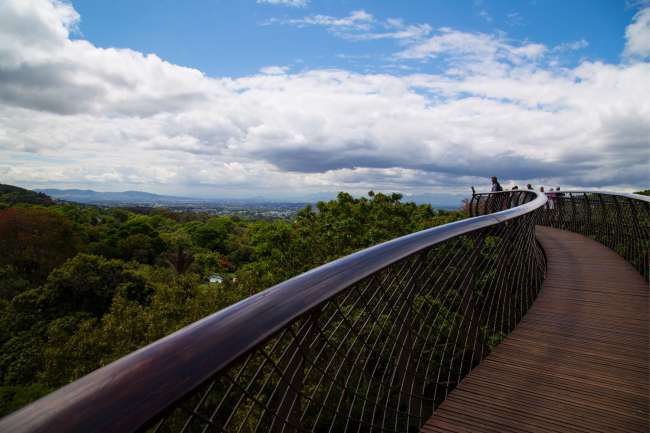
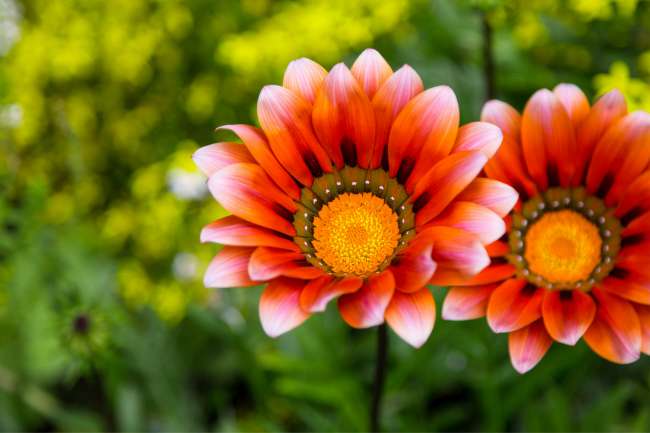
Abonner på nyhedsbrev
A dream came true. South Africa. Because it was so beautiful, here comes my retrospective blog with impressions of our trip.
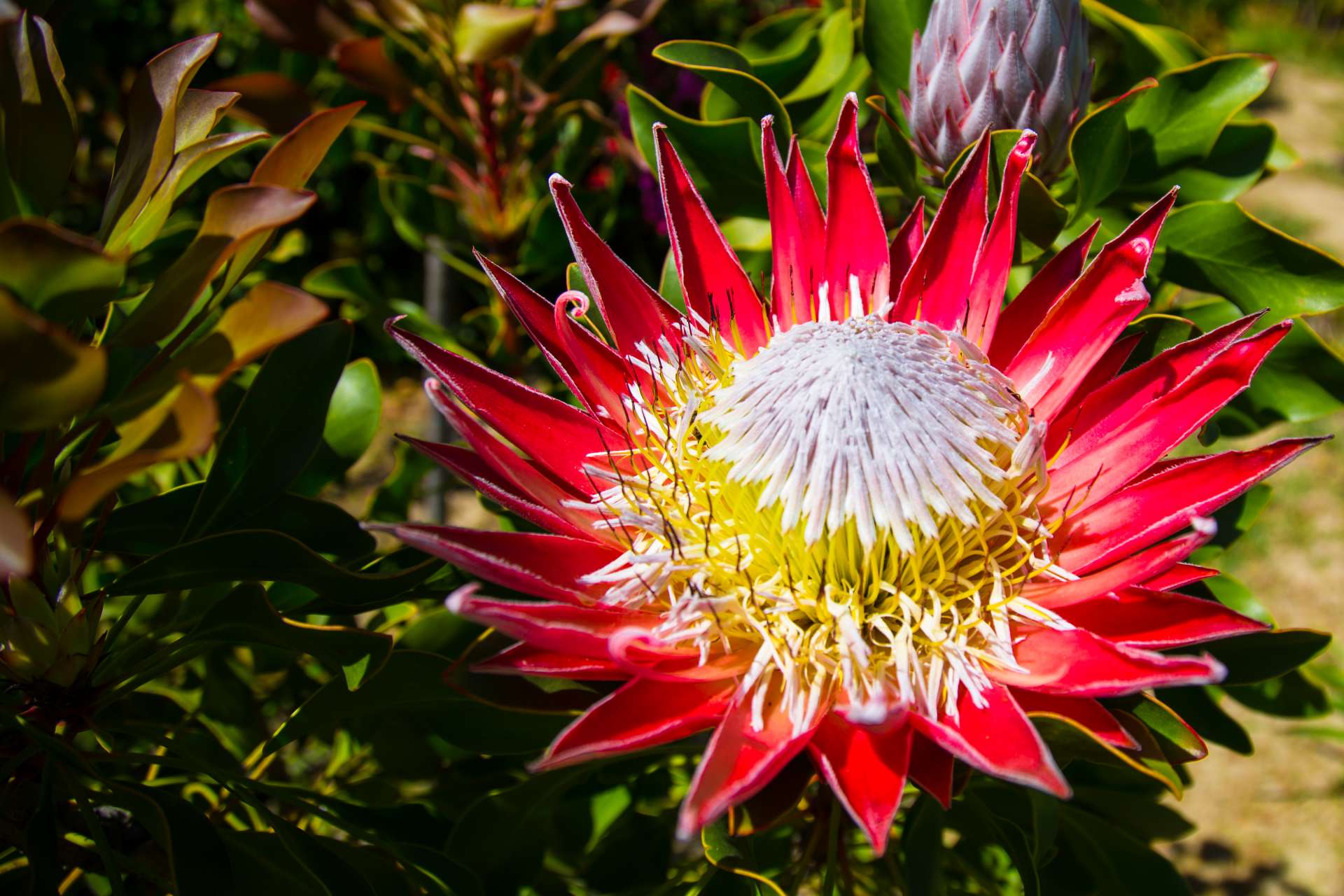
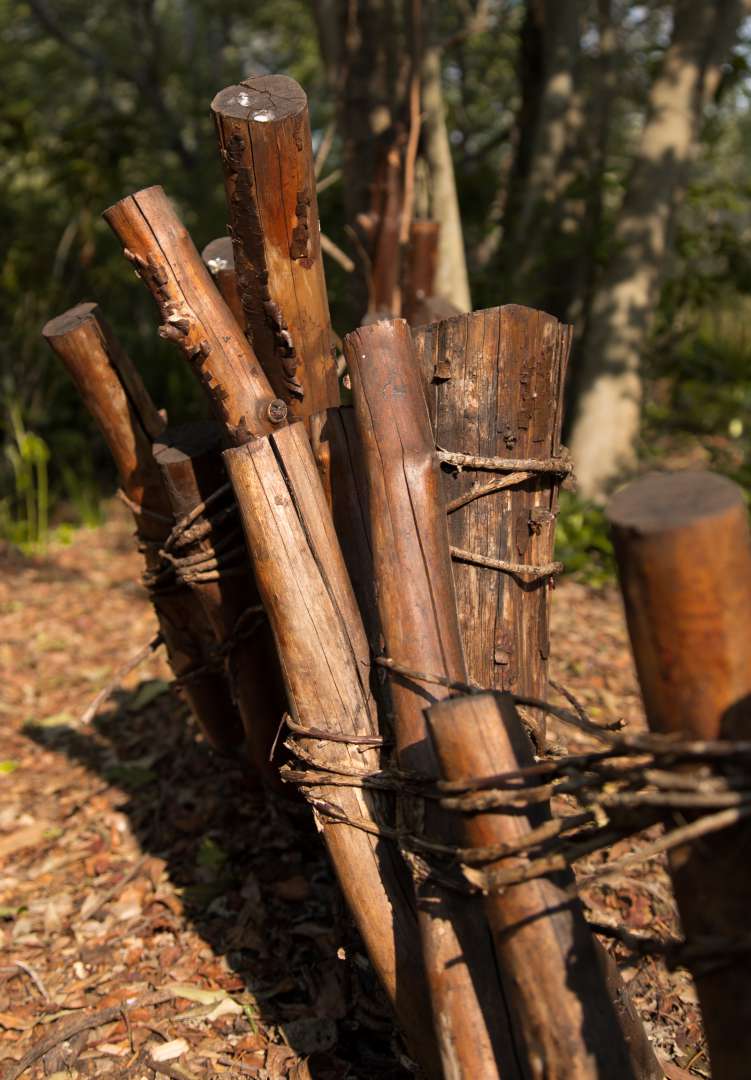

A breathtaking landscape, ideal for photography in the afternoon, with warm light.
The next day we went to one of the highlights, our safari in Sabi Sands, at Umkumbe Lodge, with very experienced rangers. On the second day, we had already seen most of the big animals and we couldn't believe it, it was so unreal. Nature is incredible and the animals were often very close. Just fantastic.
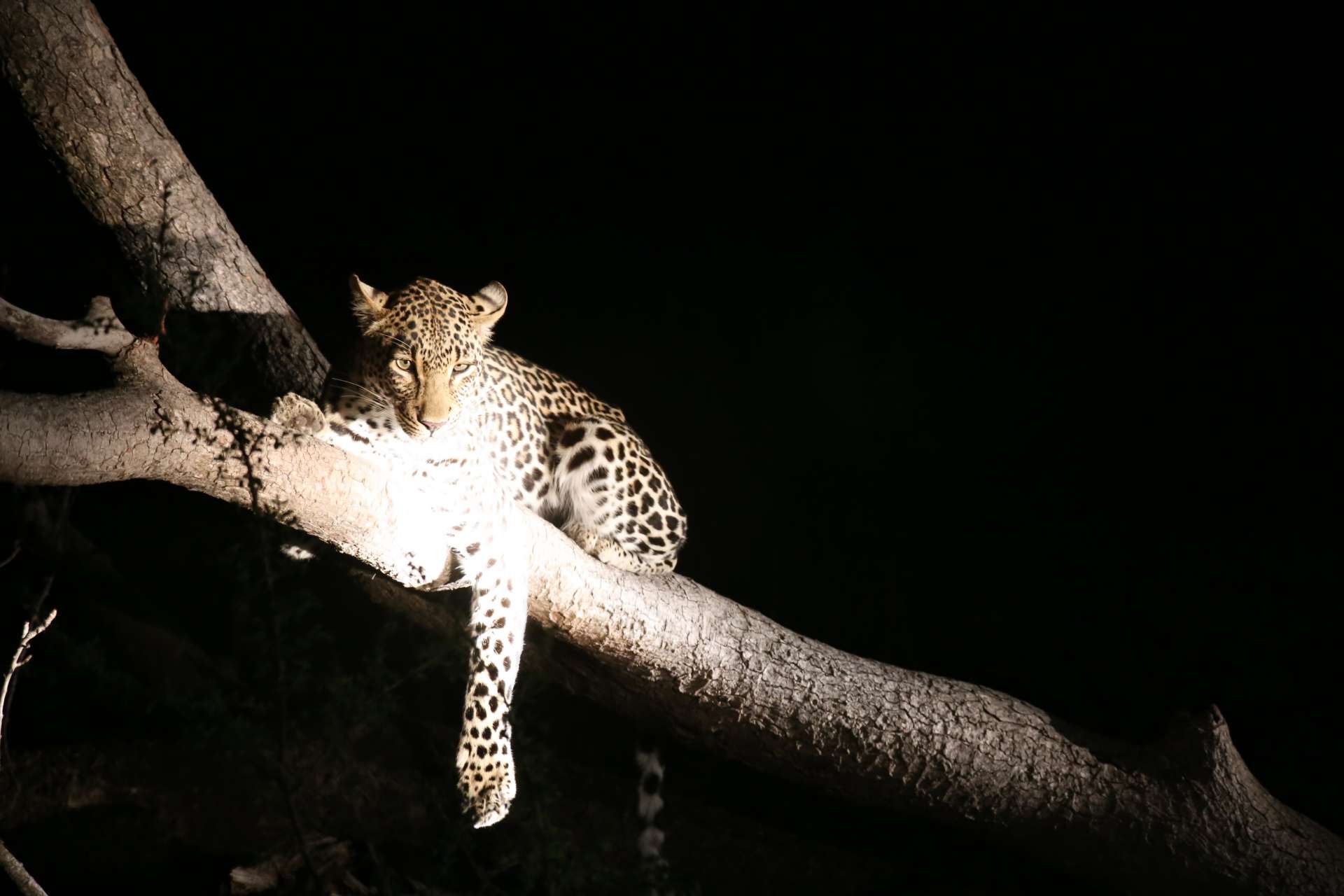
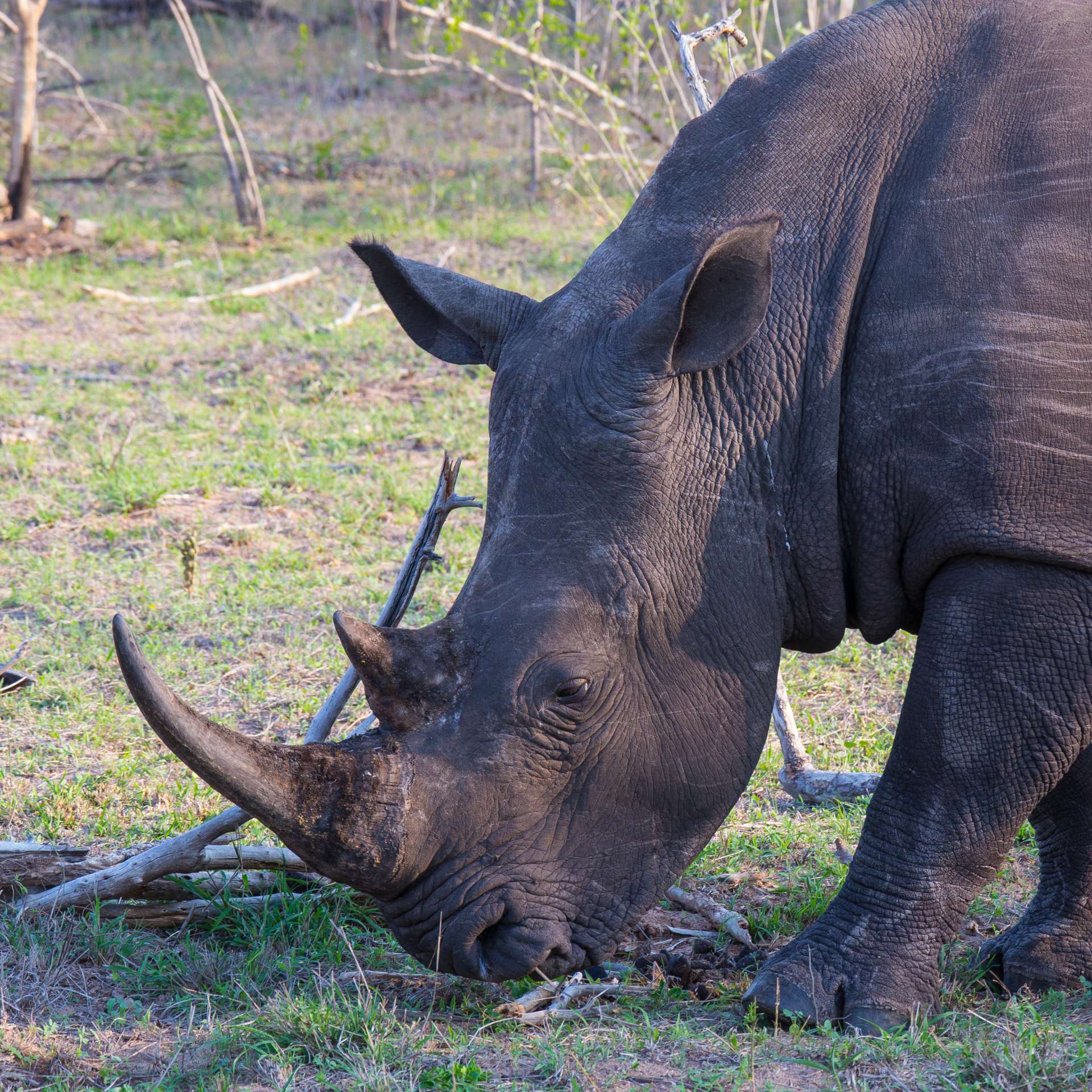
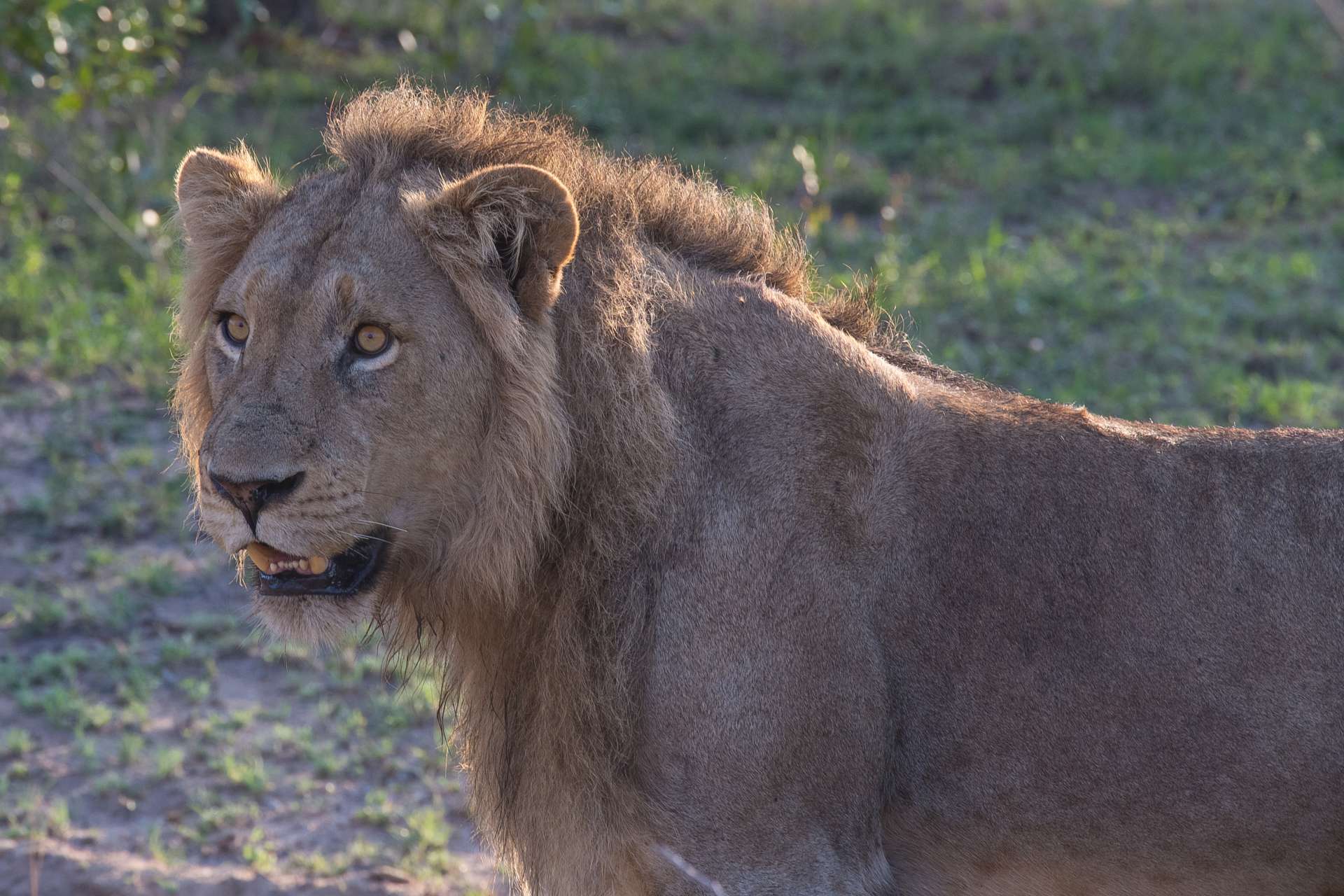
Here we spent three nights and on the first night an elephant walked through the lodge and ate from the trees, at the latest then you understand why you are escorted to the huts in the evening. 😀
Umkumbe Lodge is simple, no huge buffet and luxury here. The tours with the rangers and the drives in the Defender are a lot of fun, very informative and if you haven't had enough, you can go on a guided safari walk in the afternoon (I never had enough).
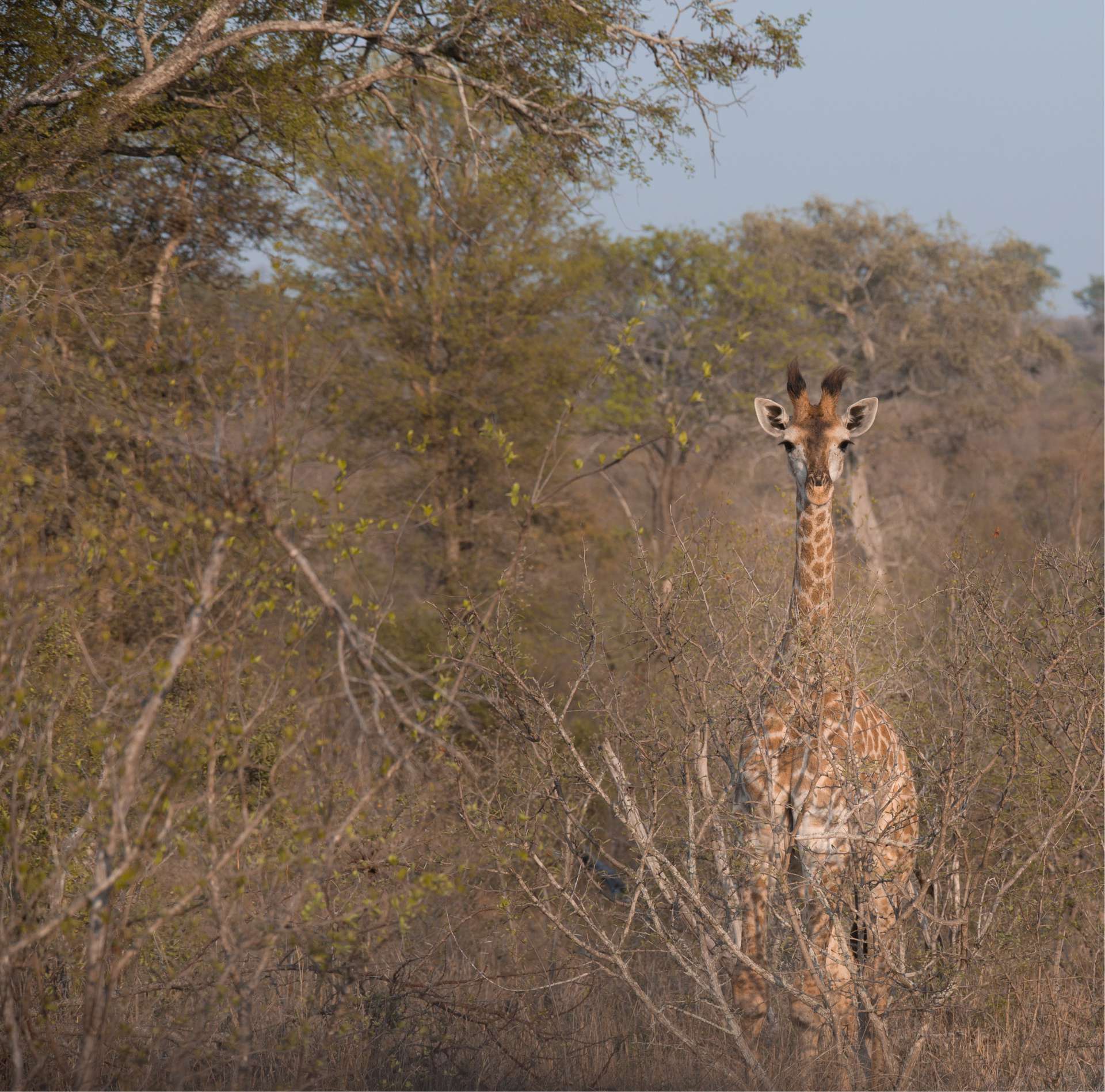
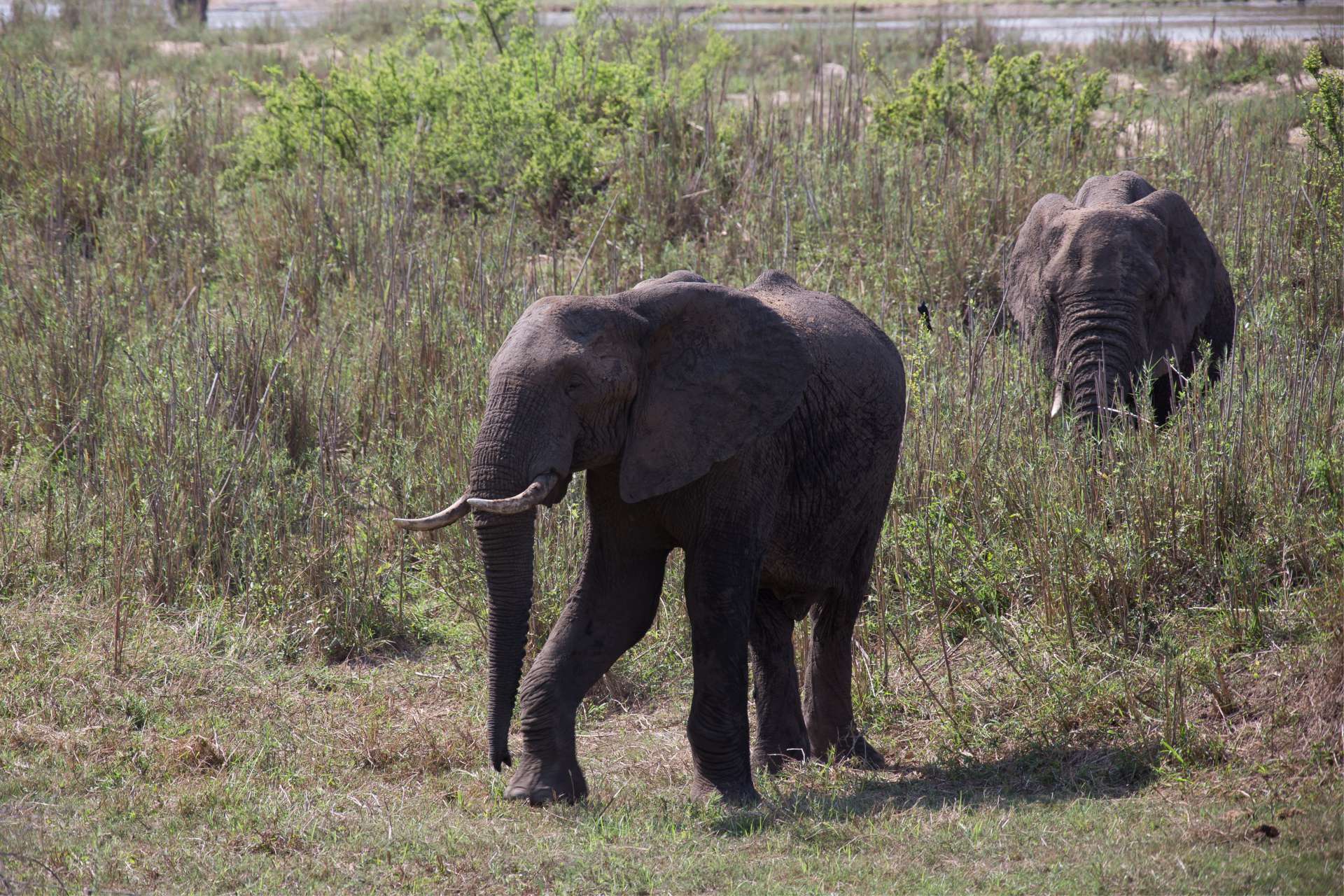
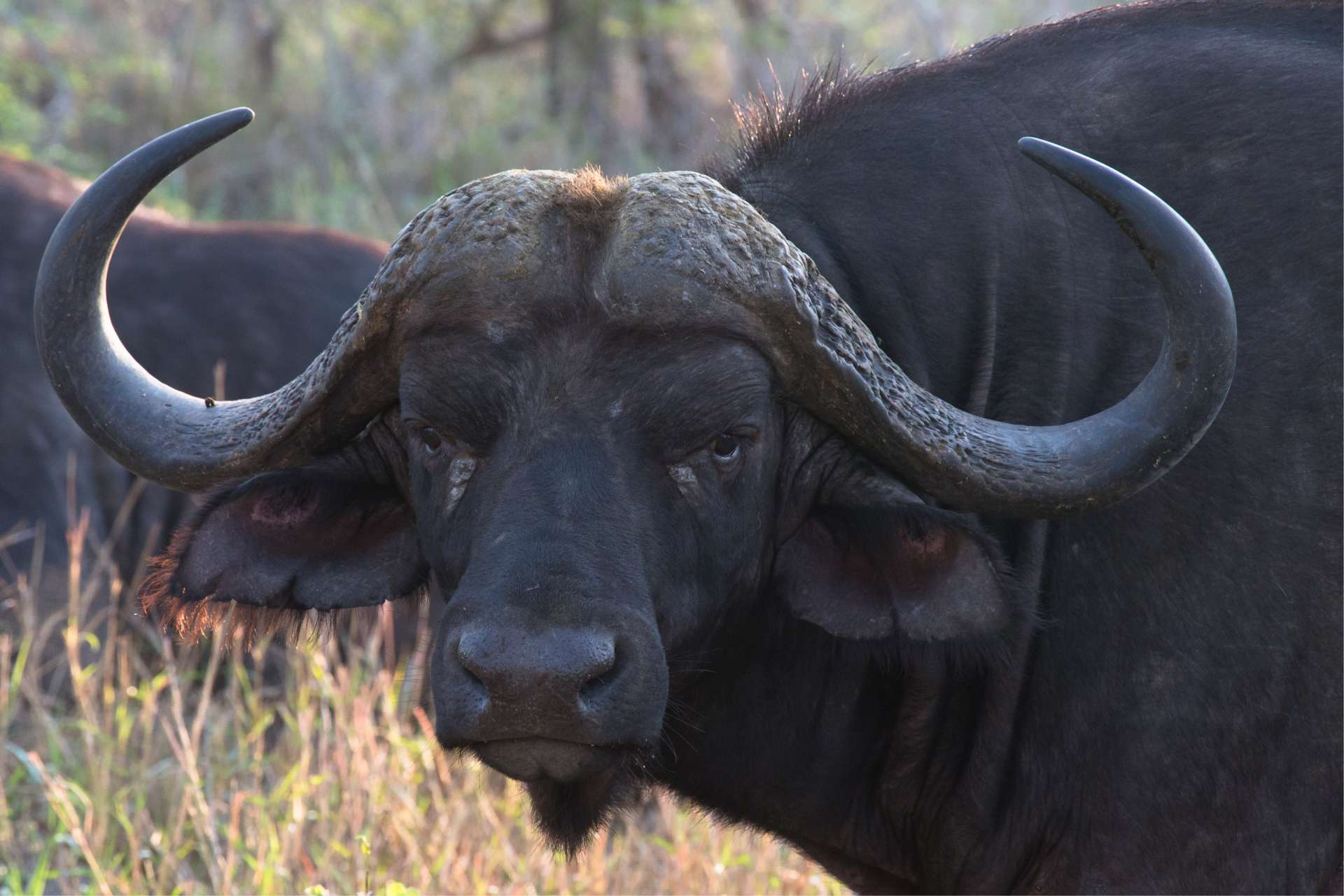
After three nights, it was time to say goodbye to Umkumbe Lodge. Our tour continued through Kruger National Park to Mhlati Guest Cottages in Malelane, the accommodation is located near the gates of the national park and 30 km from the Swaziland border. The residential area is fenced and you have to identify yourself at the barrier to enter.
We drove to Hamiltons for dinner, then went to bed exhausted the next morning.
After a super delicious breakfast and lots of information from a couple from Pretoria and our hosts, we were warmly bid farewell. Another long car ride lay ahead of us. The landscape passed by us, I had to take many photos during the drive, otherwise 4 weeks would never have been enough and this was really something special for us to be able to travel for such a long time.
Our destination was Welgekozen Country House in Piet Retief, a peaceful country estate with a large garden. It was a Saturday and a wedding was being celebrated there. Because the à la carte kitchen was not available, we were allowed to order the wedding menu and it was served in the courtyard just for us. Very romantic.
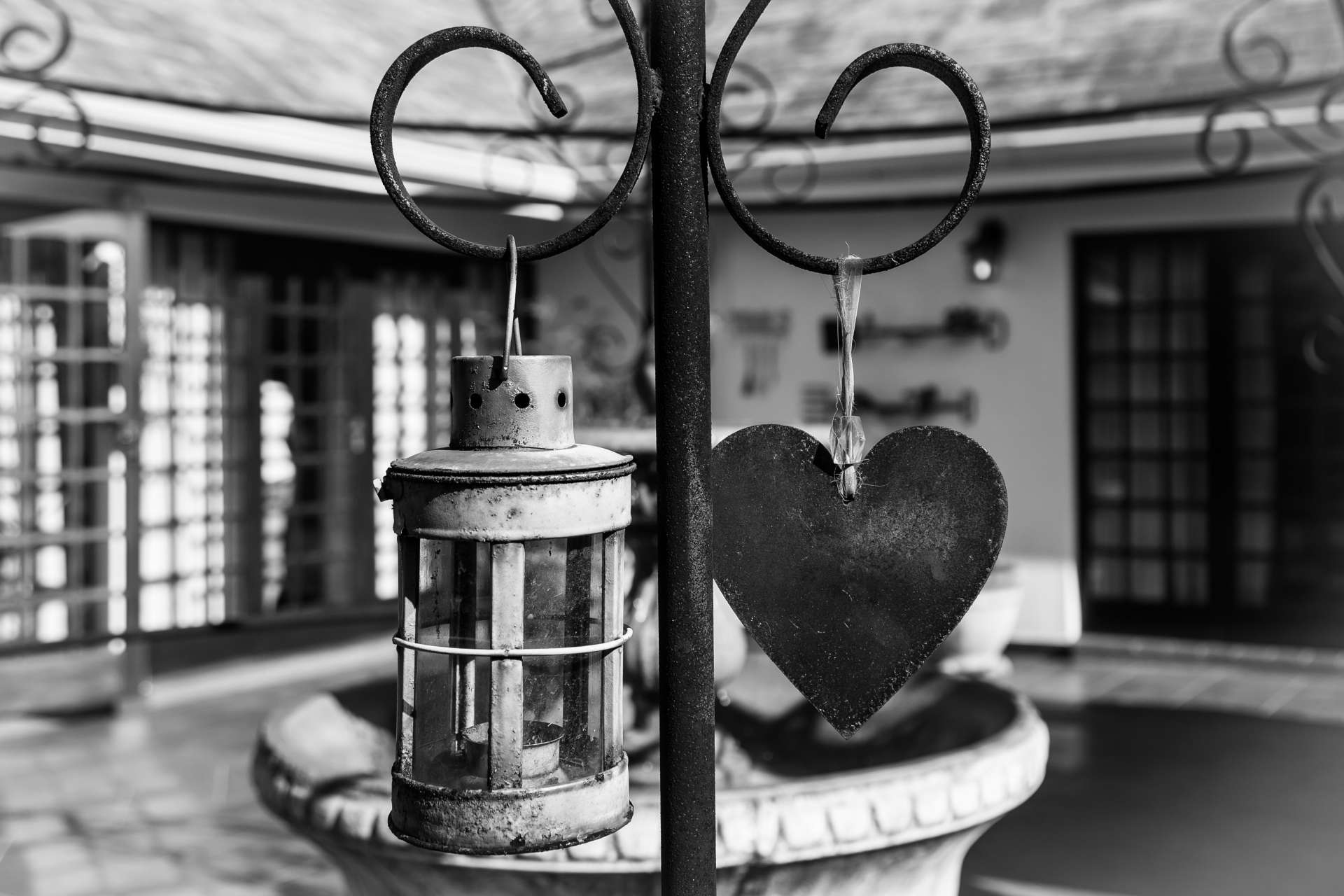
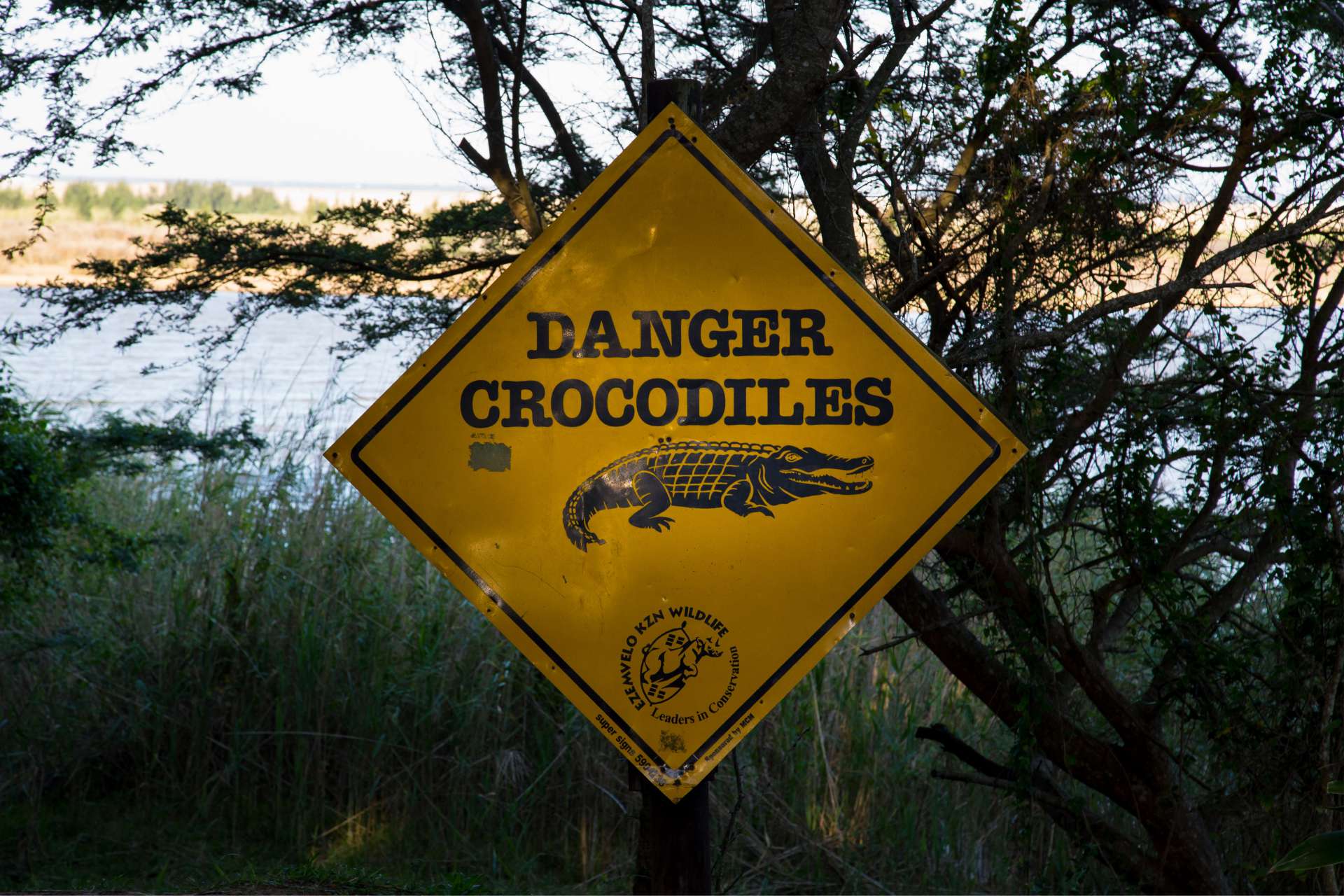
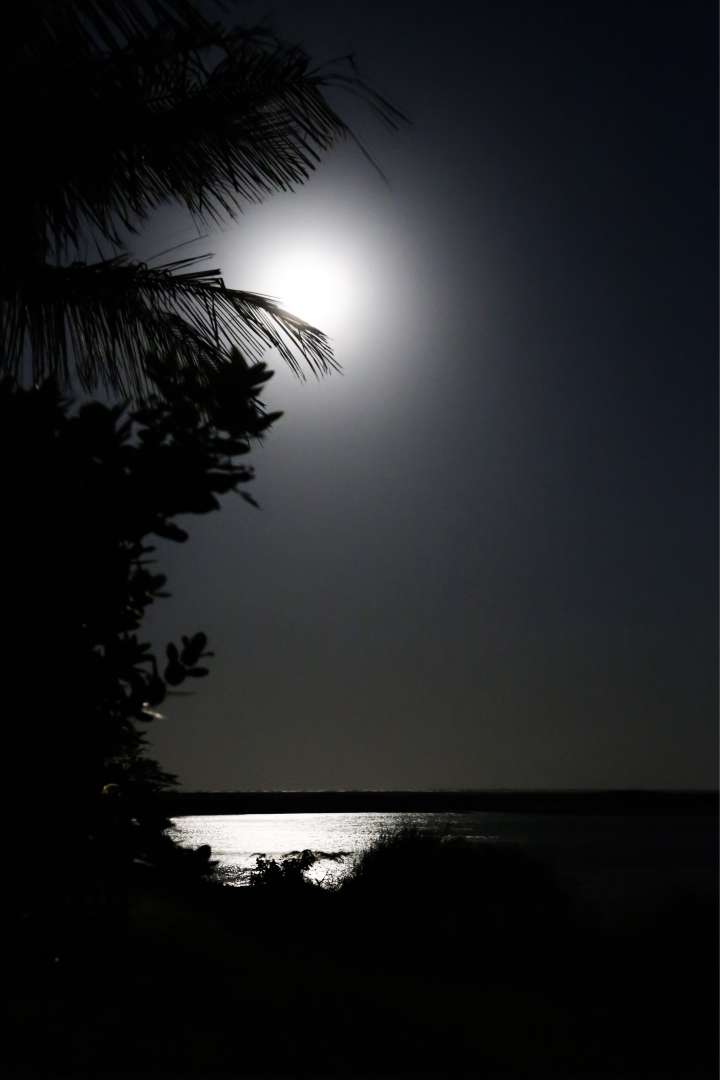
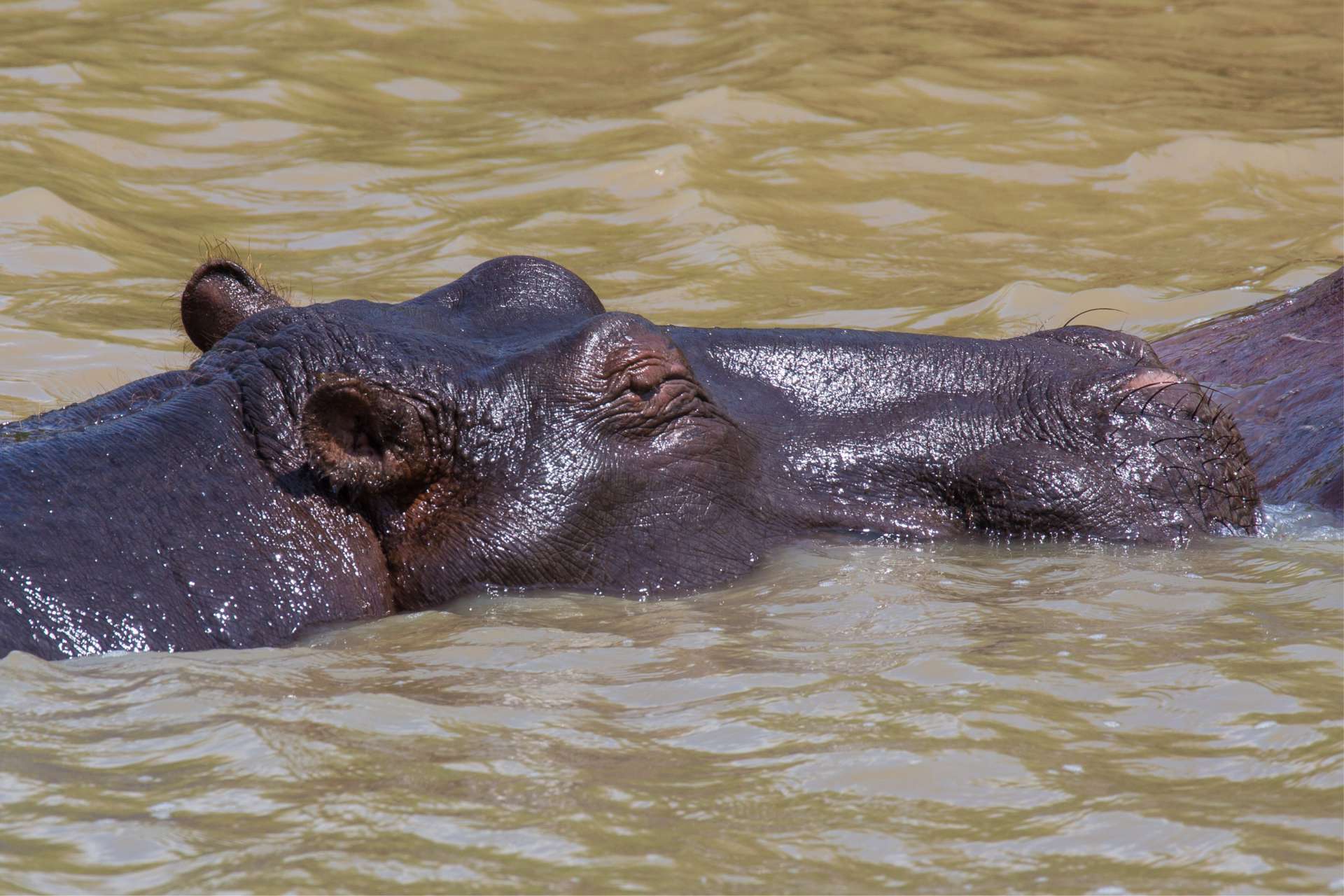
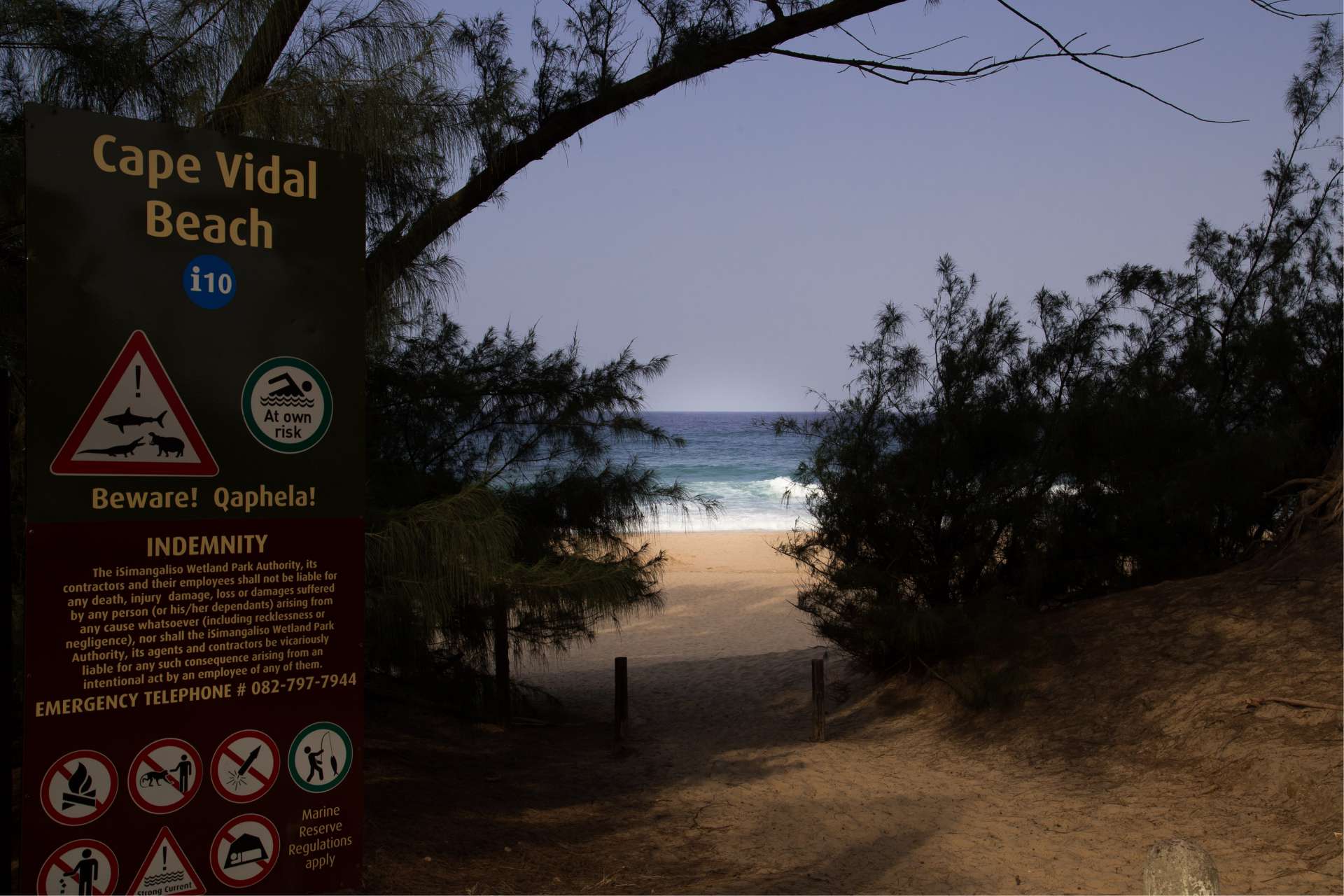
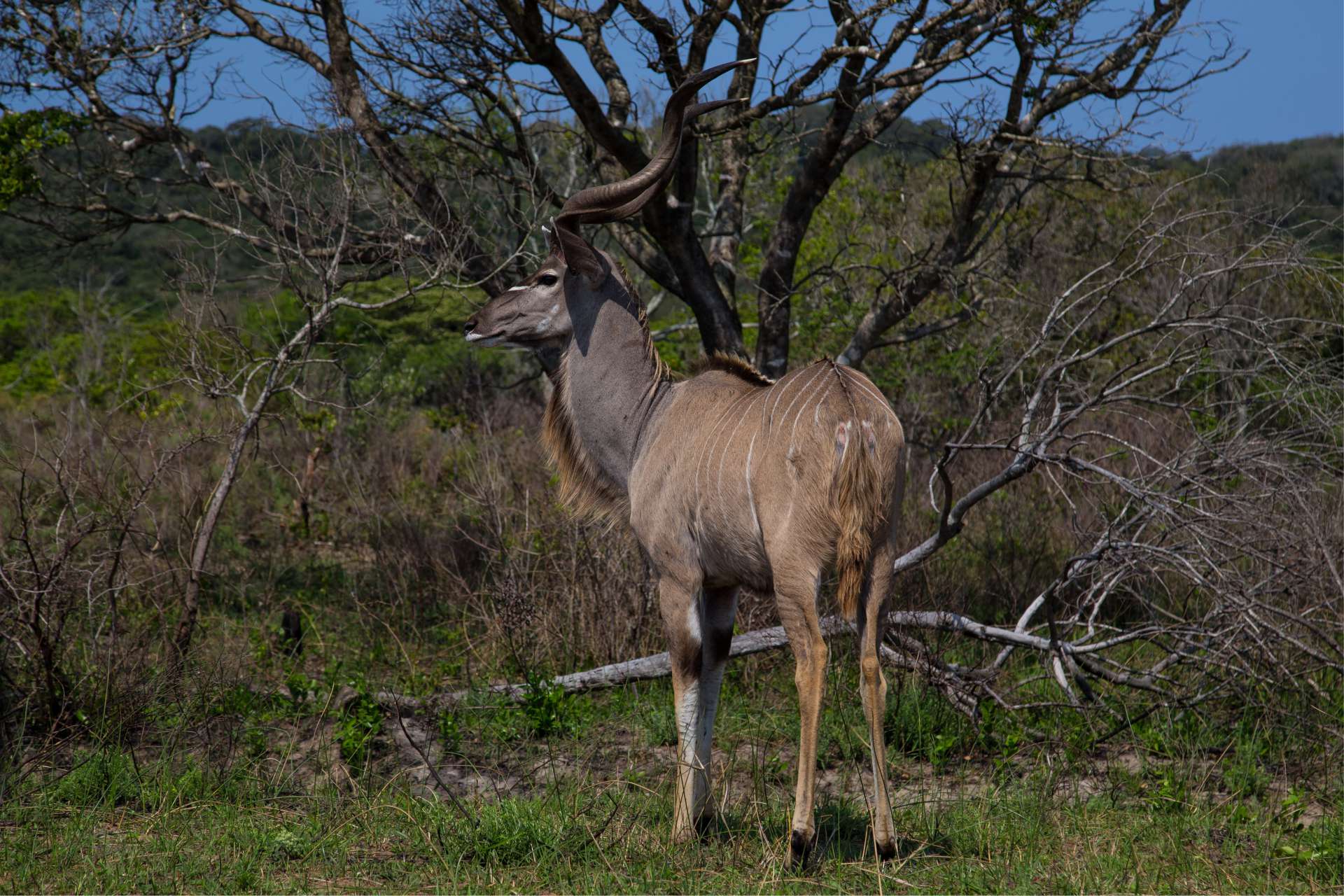
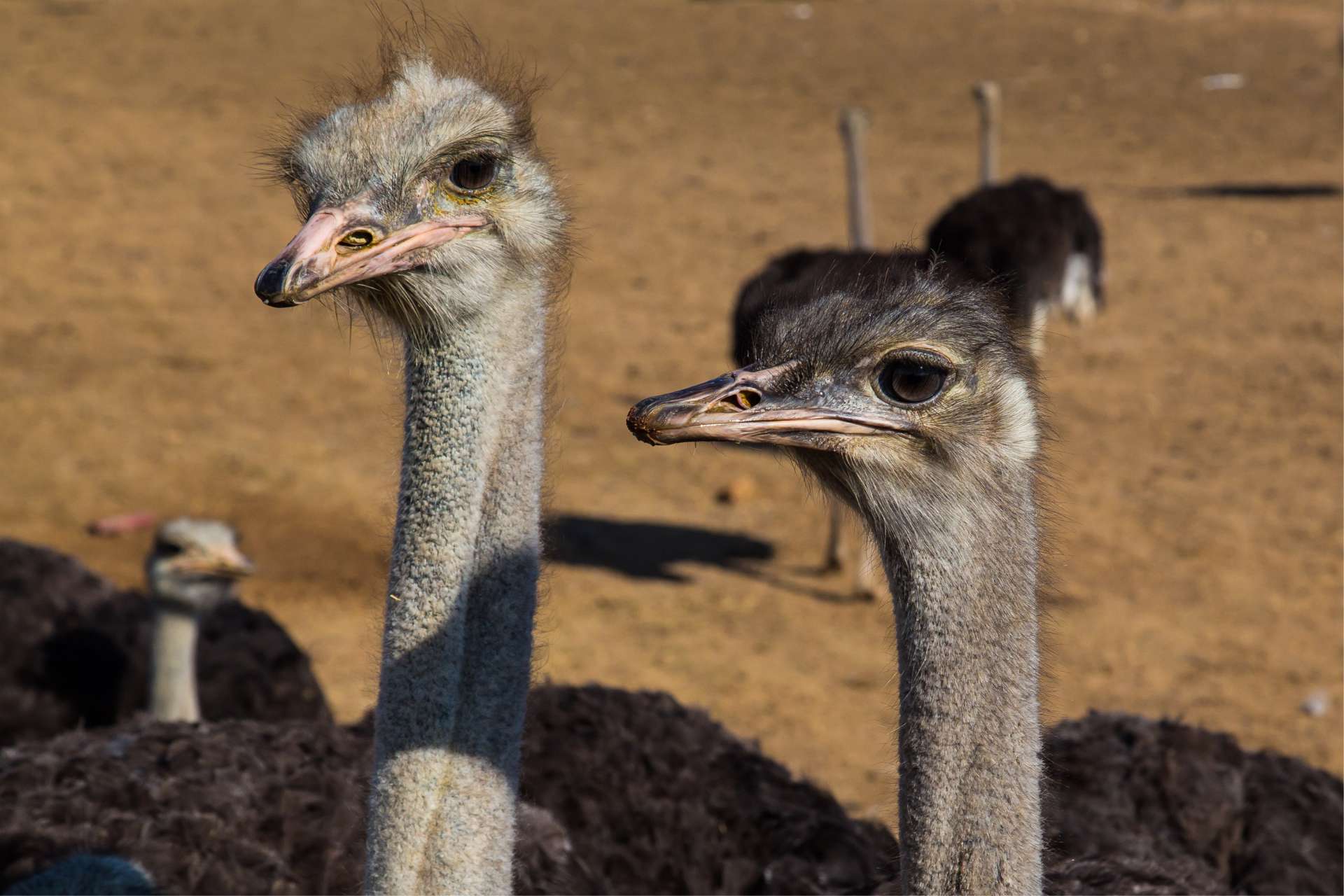
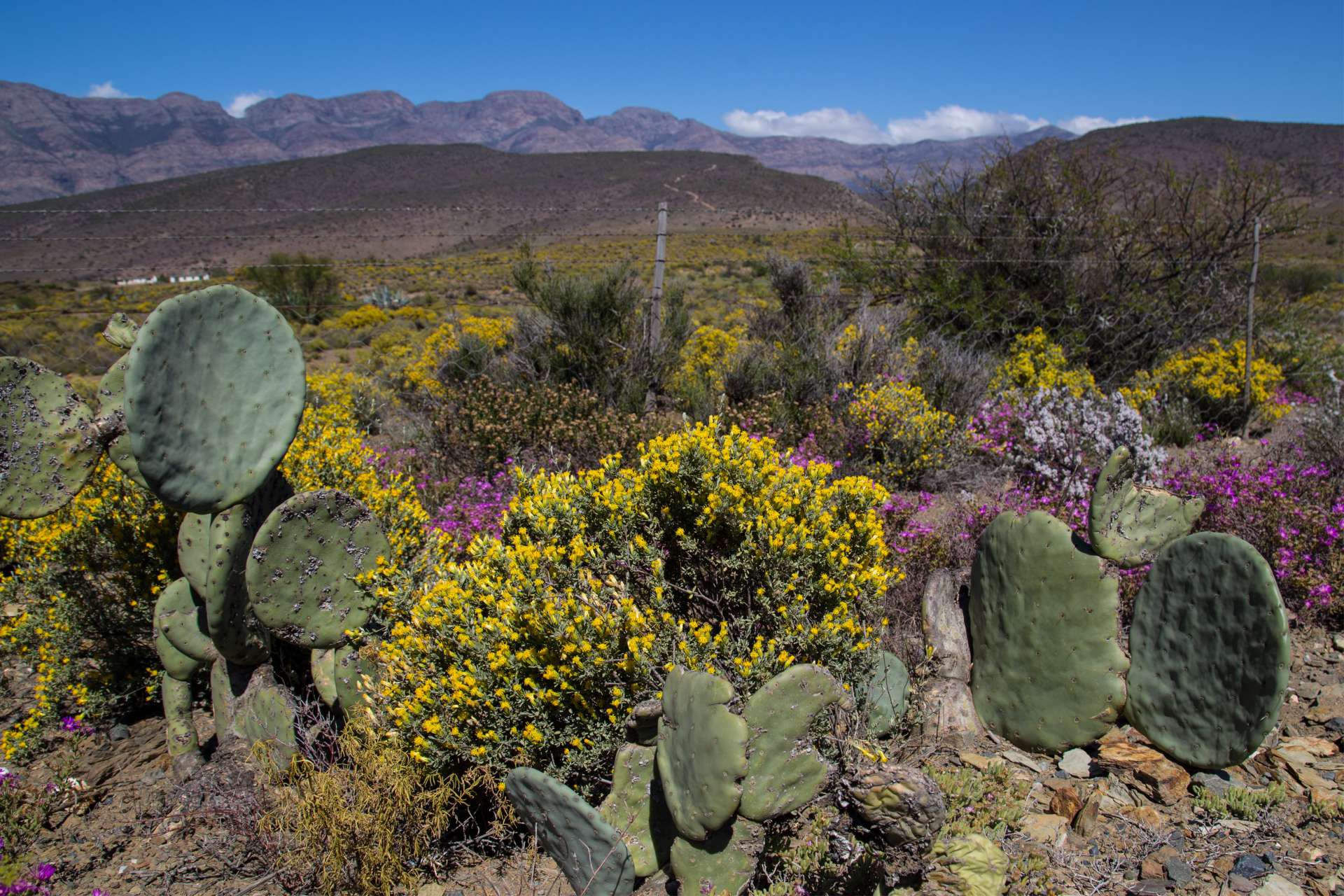
Then it was time to say goodbye to Umhlanga Rocks and after a good breakfast, we went to our next destination, Oudtshoorn.
La Plume Guesthouse, 14 km outside of Oudtshoorn, is a farm where ostrich farming is still practiced today, as this is where the guesthouse is located in the South African ostrich country.
Oudtshoorn is the most important town in the Little Karoo and is located between the Swartberg Mountains in the north and the Outeniqua Mountains in the south. It was and still is the center of ostrich farming, which is still the main attraction of the small town. After decades of stagnation, the ostrich business is slowly recovering, as ostrich meat is low in cholesterol and fat and can now be found on the menus of gourmet restaurants around the world.
So we simply enjoyed the day by the pool and were spoiled with a menu in the evening. For dessert, we stargazed by the pool, as the stars are so clear here and you feel like you can touch them.

The next adventure with our VW Polo was the drive from Oudtshoorn through the Meiringspoort Gorge to Prince Albert via the Swartberg Pass, a gravel road, up to an altitude of about 1583 meters, built by South African Thomas Bain, opened after four years of construction on January 10, 1888. At the top, you have a view to the south of the Little Karoo, to the north the Great Karoo, a steppe area that extends up to the Kalahari.
Breathtaking landscape, a great drive, and the little car held up bravely.



After these impressions in the mountains, our journey continued to Hermanus, 457 km ahead of us via Route 62.
Route 62 is just as old as its counterpart, Route 66. The African version was only rediscovered in recent years and connects Cape Town with Port Elizabeth. However, a national highway, the N2, was also built parallel to it, which can potentially be the death blow to the original roads. The slogan here is instead of 'get your kicks on Route 66', 'See the Karoo on Route 62'. You come across dropouts like Ronnie, who has now become quite famous. He wanted to open a shop to sell fruits. When he came home one night, the sign behind the sign 'Ronnie's Shop' suddenly said 'Sex' because his friends played a prank on him. He was really angry at first, but it made him the talk of the town.
We continued on this endless landscape after having a coffee and a short conversation with him.
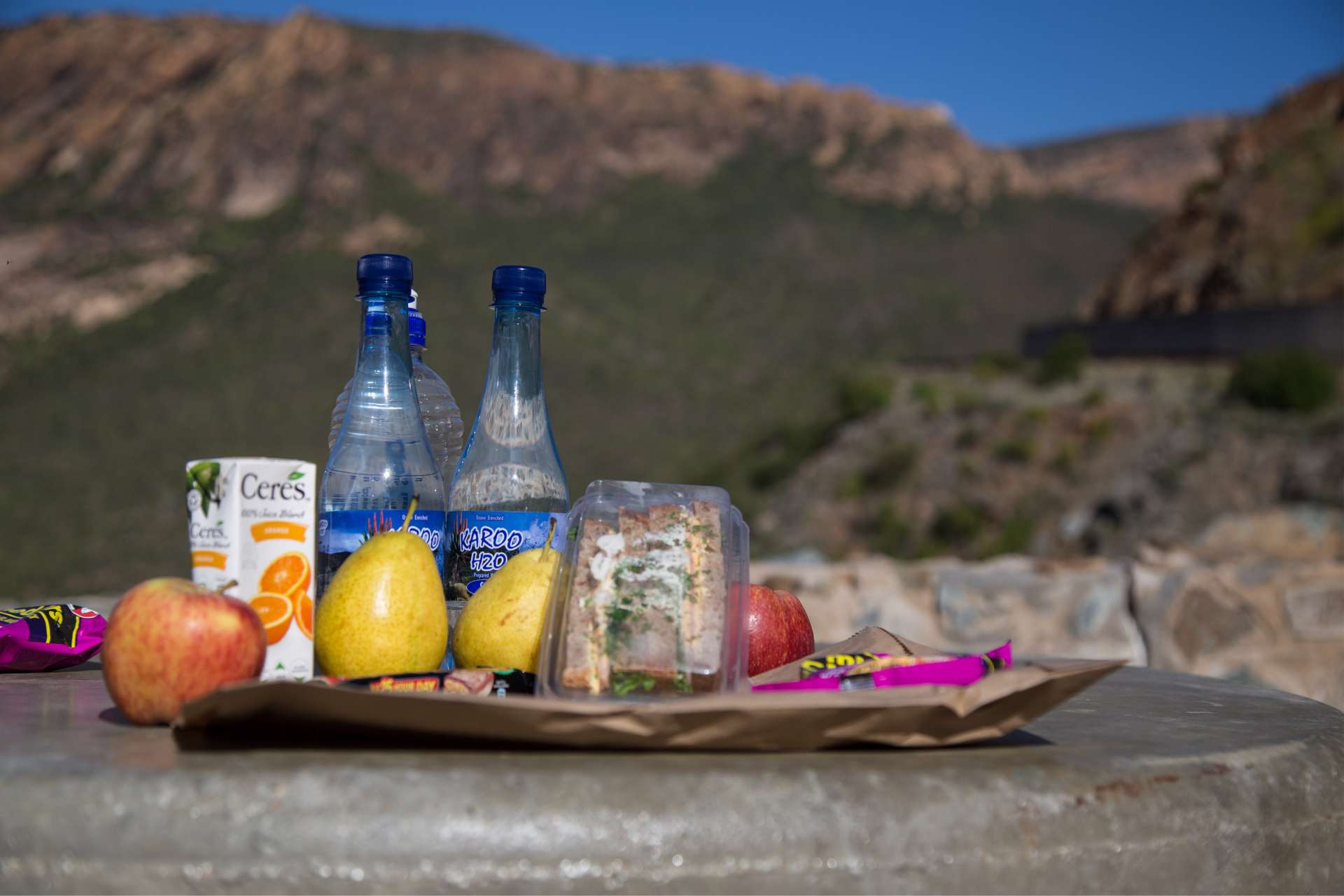
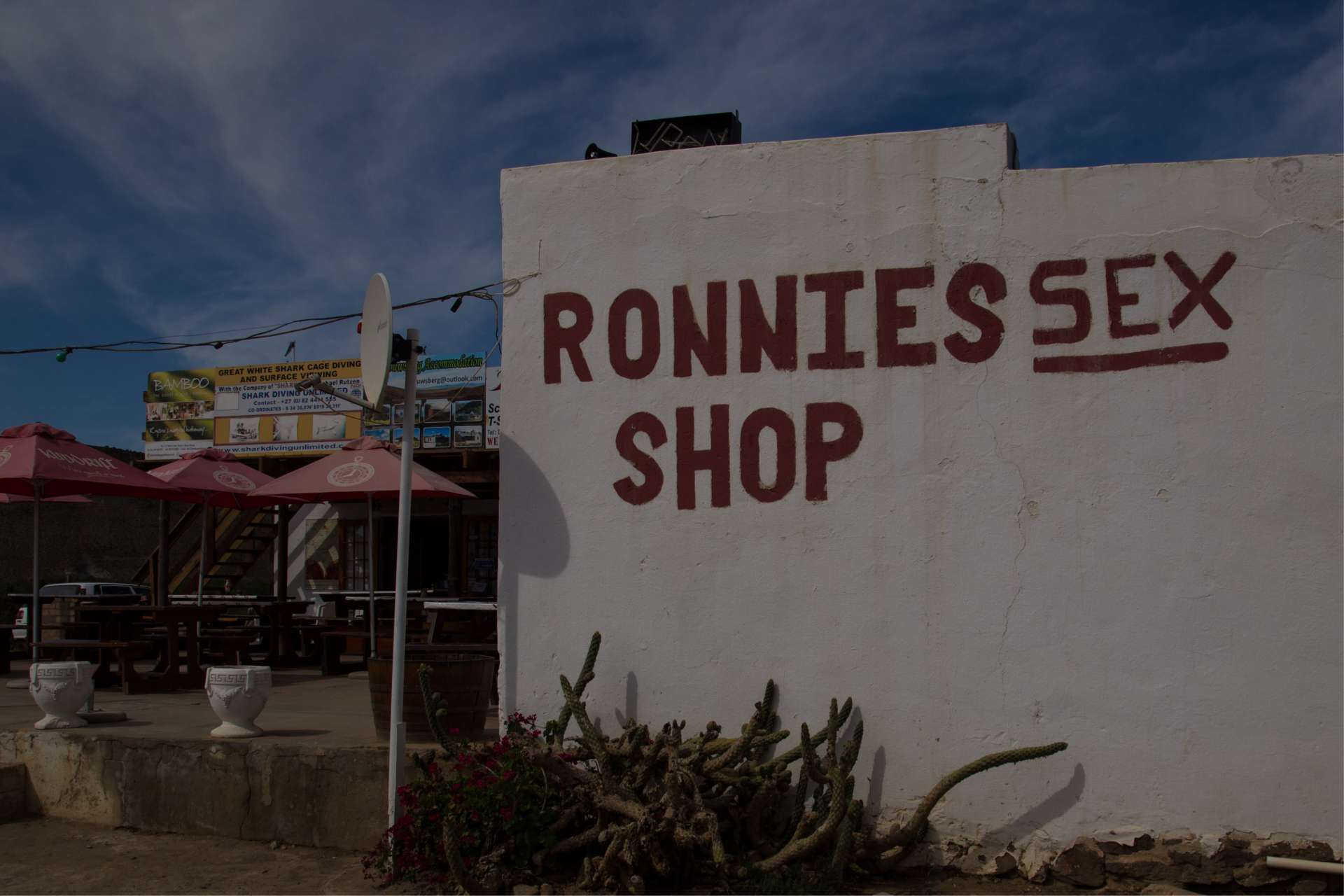
In Hermanus, Guesthouse Ocean Eleven, we were warmly awaited and welcomed. Quick check-in and freshen up. We decided not to go on another car excursion but to stay in town. We stayed in a beach house on top of the cliffs, with our own terrace. It was easy to walk to the town from there.
For dinner, we went to Lemon Butta. Tuna carpaccio as a starter, teriyaki tuna skewers/lachs as a main course, and for dessert, a Belgian chocolate volcano and almond ice cream. Thank goodness they only weighed the luggage at the airport and not us. Then the question was, do you really see so many whales in the bay as they always say?
After breakfast, we walked along the coastal path in Hermanus, a total of about 12 km. There are viewpoints and benches everywhere from which you can watch the whales, who come here from September to December to mate and then play with their offspring. They actually swim into the bay, and in the afternoon, we could see at least 20 of them, sometimes further away and sometimes closer.
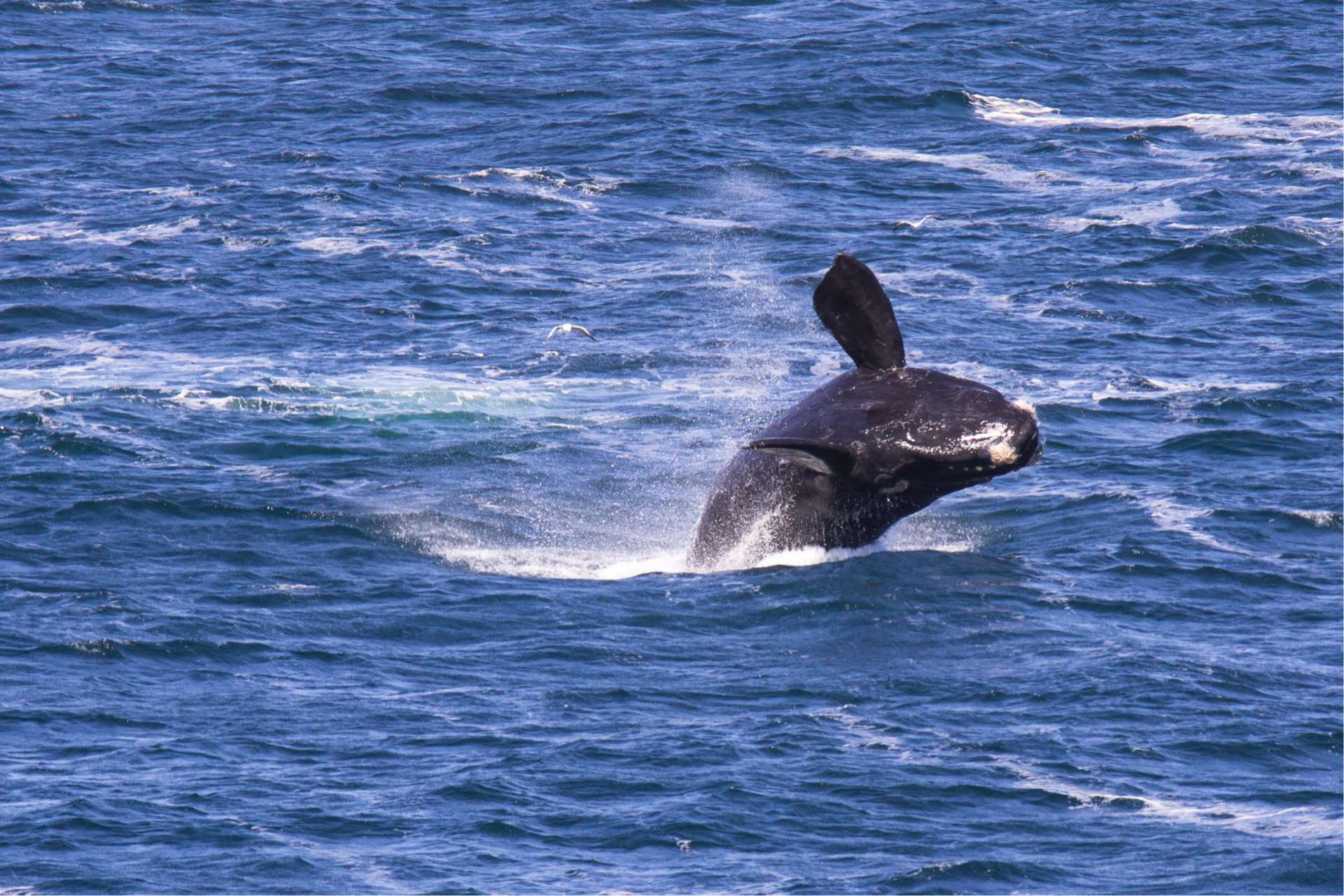
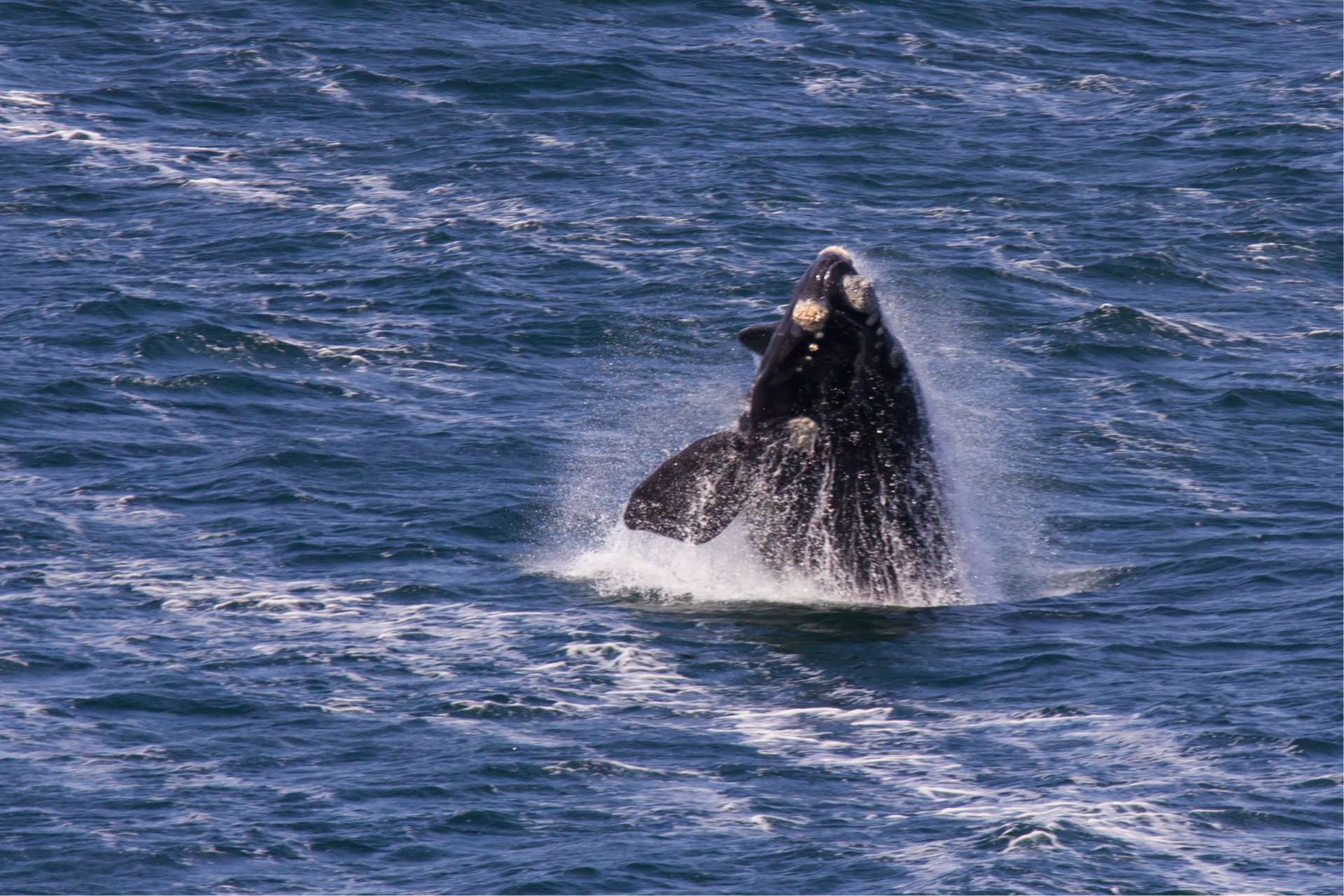
We sat in the bay for a long time, we may never see such a spectacle again.
After our beautiful walk and whale watching, it was time to say goodbye to Hermanus and drive along the Whale Route to George Bay, with a group of dolphins accompanying us for a long time.
On the way, we discovered the Cape Nature Penguin Colony. Then we drove back inland to Franschhoek, our accommodation at The Gooding Grove's Olive Farm. We could enjoy dinner at Roca Restaurant in the Franschhoek Valley. We can confirm the high quality and extremely reasonable prices.
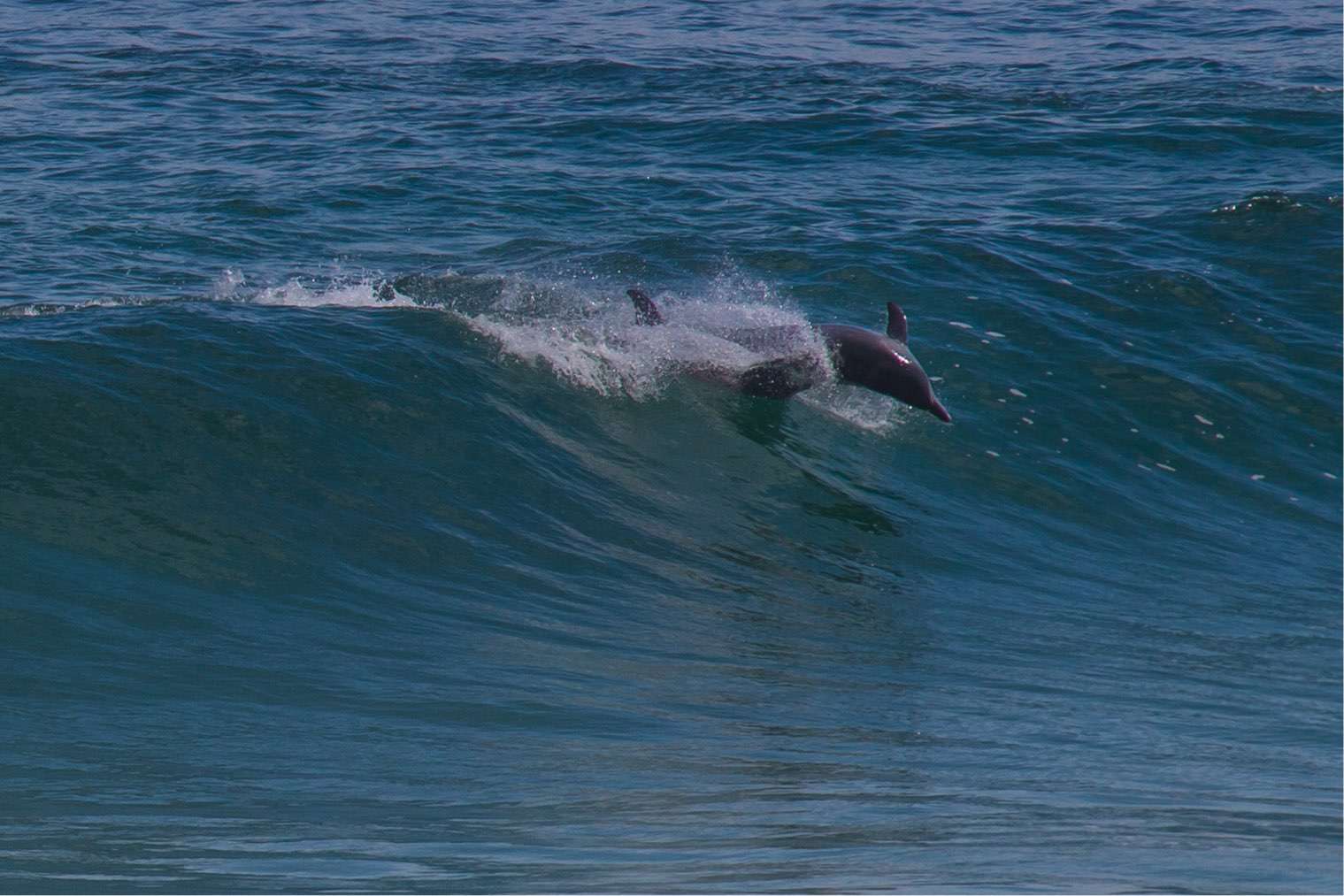
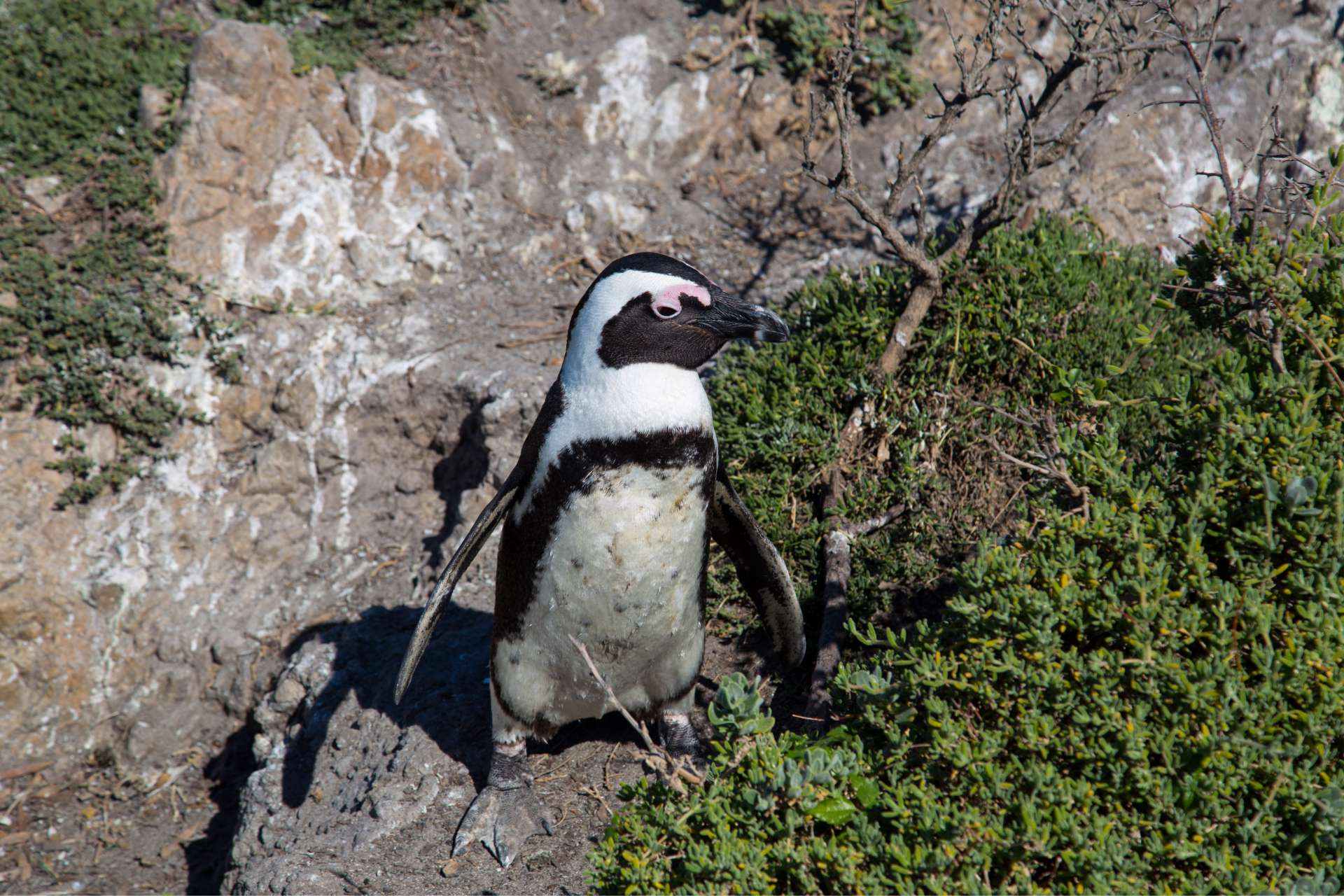
The town of Franschhoek is located in the Western Cape, east of Cape Town. In the triangle of the famous wine towns of Paarl, Stellenbosch, and Franschhoek, the French corner, as the name Franschhoek translates to, forms the right corner. The town was founded in 1688 by the Huguenots who were persecuted in France for their Protestant-Calvinist beliefs. They found a new home at the Cape. They dedicated themselves to agriculture, and winemaking was only developed from the beginning of the 19th century.
Family names such as Du Troit, De Villiers, Le Roux, or Joubert are widespread in South Africa and especially in the Franschhoek region. Along the main road, there are French restaurants, boutiques, and galleries. Even the names of renowned wineries are of French origin, such as La Motte, L'Ormarins, Dieu Donne, Mouton Excelsior, or Haute Provence. The wines are among the best in the world.🍷
Naturally, I couldn't miss a wine tasting, and at Moreson Estate, we found a spot even though it was already 4pm and alcohol cannot be served on wine estates after 5pm. It felt strange when we arrived and there were no cars left. It turned out to be great, as we had the place to ourselves and I was able to place a small order to take home, a little piece of South Africa for our return.
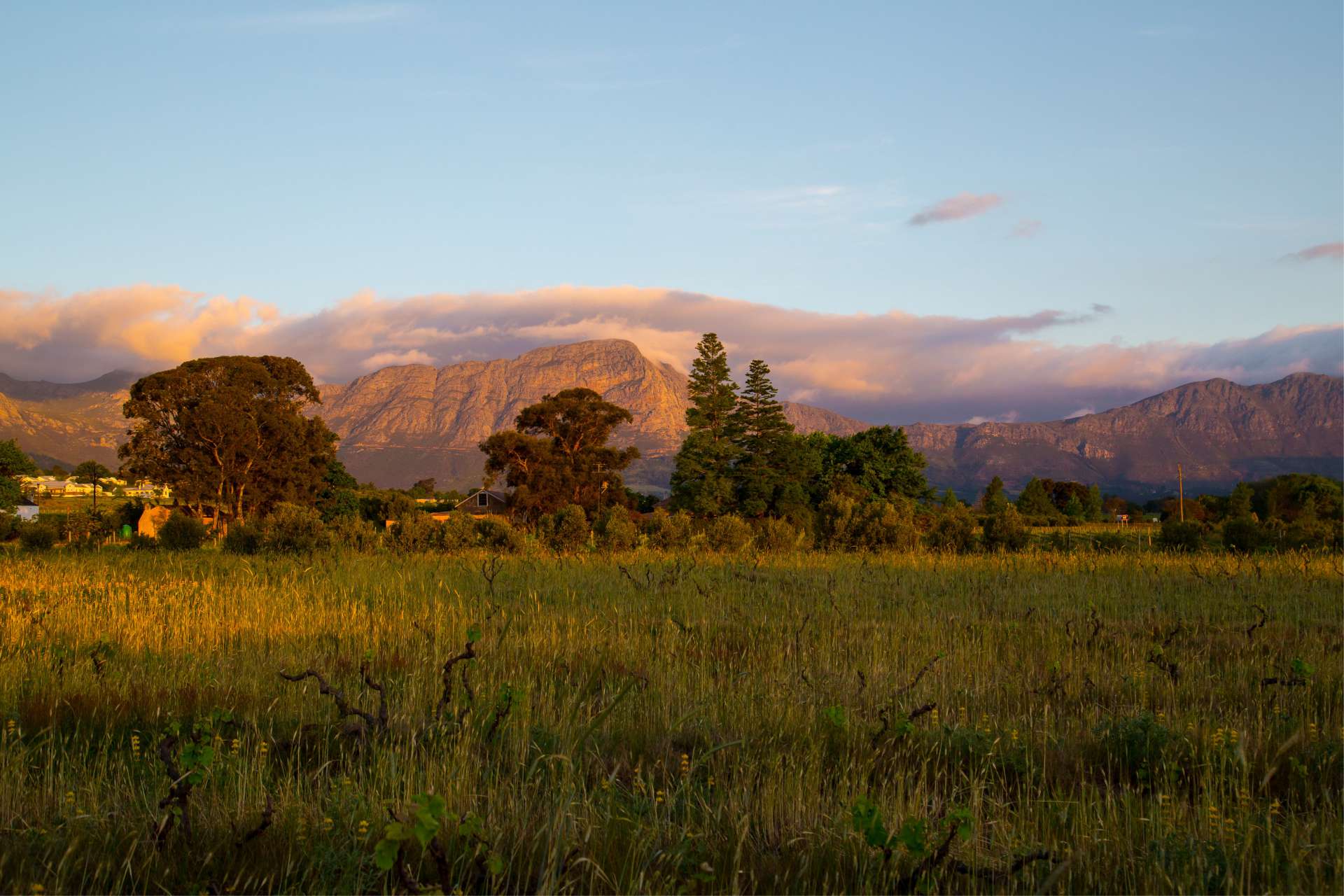
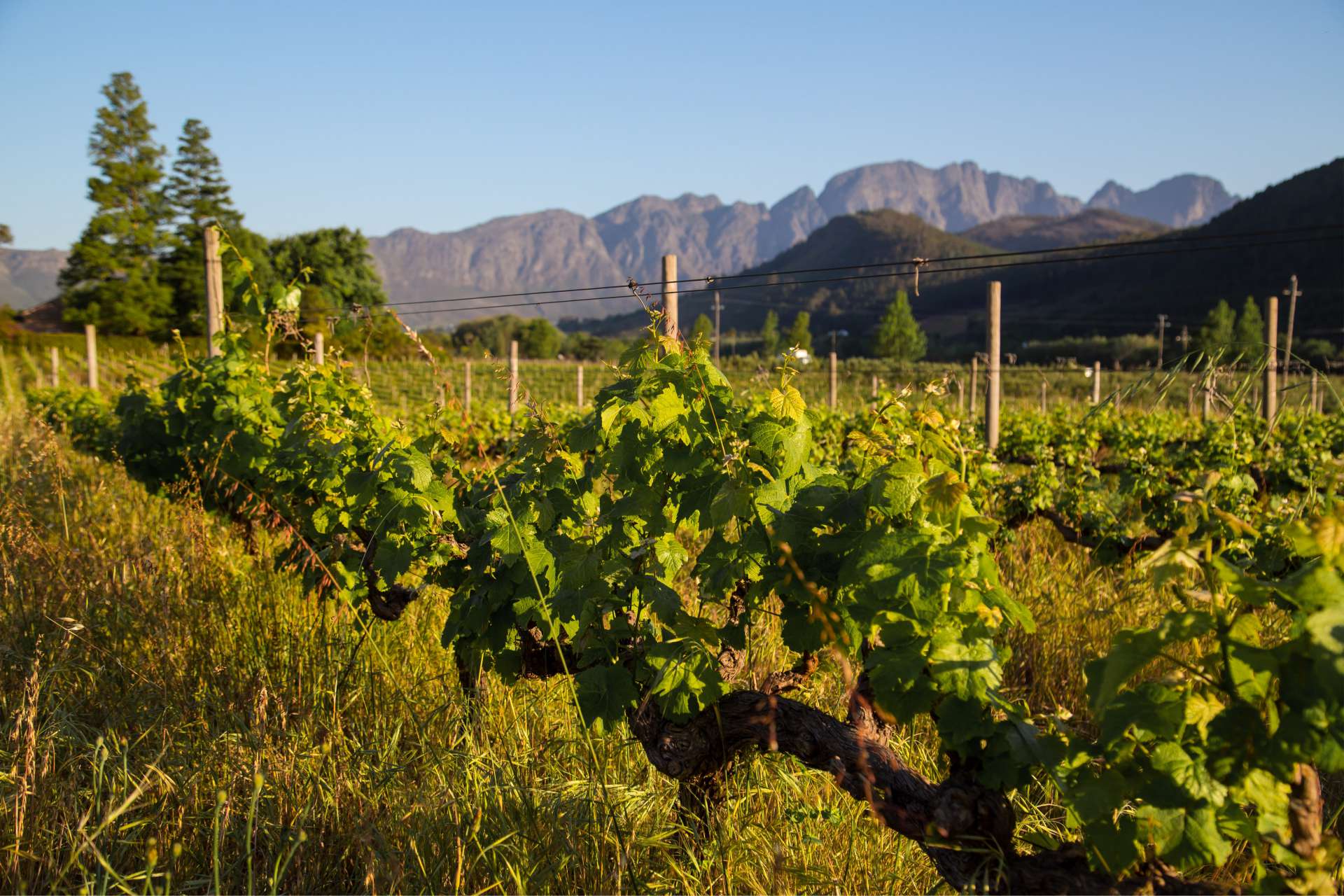
Franschhoek is a beautiful town with boutiques, cafes, and restaurants on both sides of the main street. At the very end is the park with the Huguenot Monument. But you can also take a tram tour through the valley and visit winery after winery. We made use of the beautiful shops to buy some souvenirs. We spent our last evening at Ryan's Restaurant, amazing!!
The last part of our journey: Cape Town. I have to say, after 3.5 weeks in small towns and nature, the city overwhelmed me at first. All the information about safety, not going out alone at night, made me a bit unsure. It's not complete nonsense, but you should know where you can go, just like in any other big city. So the priority was to arrive. A short walk in the park, up and down Long Street, and in the evening, we went to Bistro Societi. Fantastic again!!
We had 5 days and we were able to really enjoy the city and our conclusion. Actually, we didn't want to go home at all.


A must-see is Table Mountain, if the weather is right, don't hesitate for long, so we quickly bought tickets online, which saved us about 2 hours of waiting time. When you go up by cable car, it's crowded, there are a lot of people. We walked the big loop and were out for about 4 hours, with all the photo stops. We were almost alone on this beautiful hiking trail and it was wonderful.
The Table Mountain, rising over 1000 meters in the middle of the city, with Devil's Peak, is the northernmost foothill of a mountain range that runs around the entire Cape Peninsula to the south and then disappears into the sea at Cape Hope. The coastal rock formations following Table Mountain are called Twelve Apostles, but there are actually more than twelve peaks. The towns along the Atlantic coast and also the eastern False Bay are located on a relatively narrow coastal strip. The Cape Flats are sandy plains, and behind them, the mountains rise again. The most famous wine regions that we left behind are located in the valleys. Behind the next mountain range lies the approximately 1000-meter-high Great Southern African Plateau and the semi-desert Karoo.
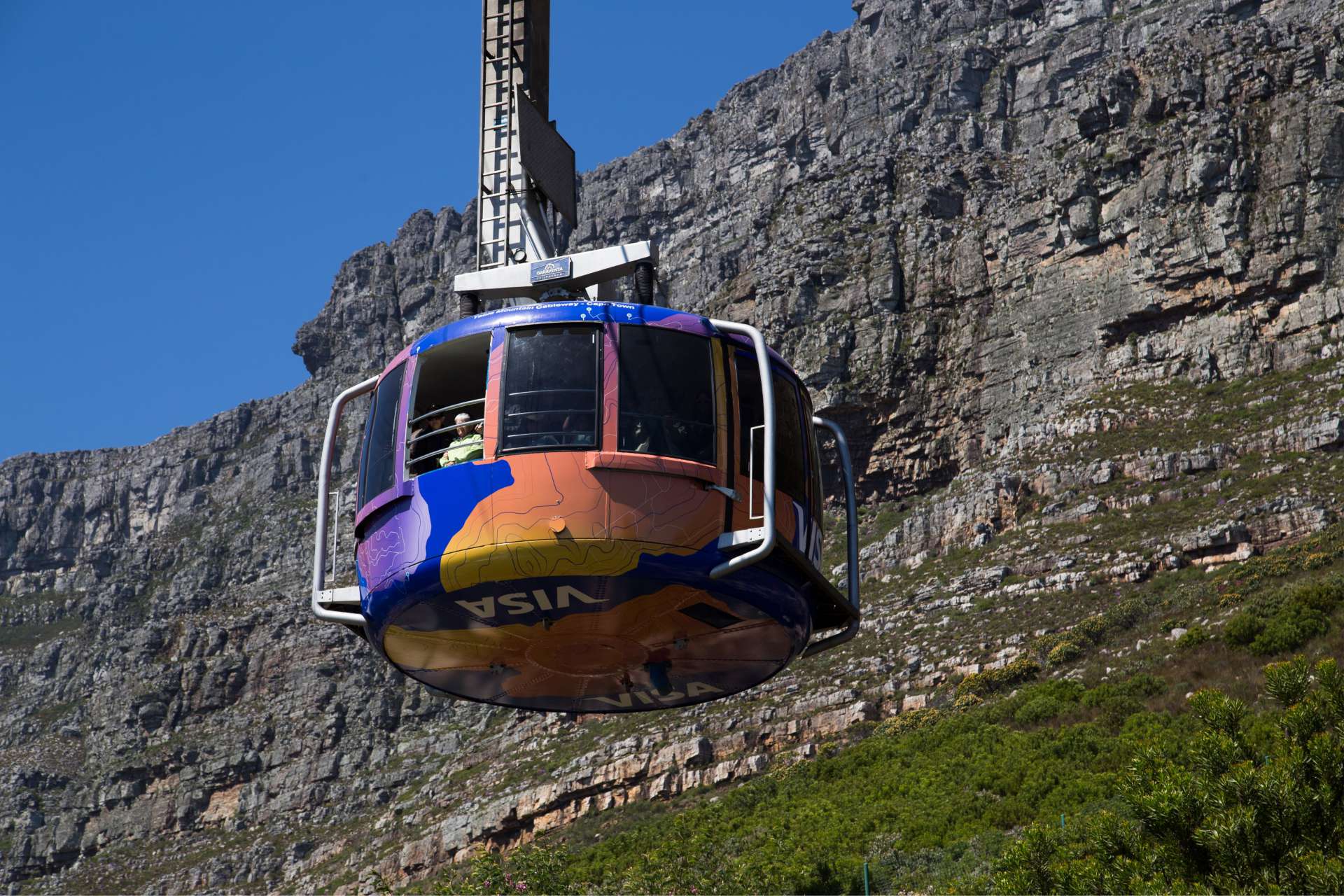
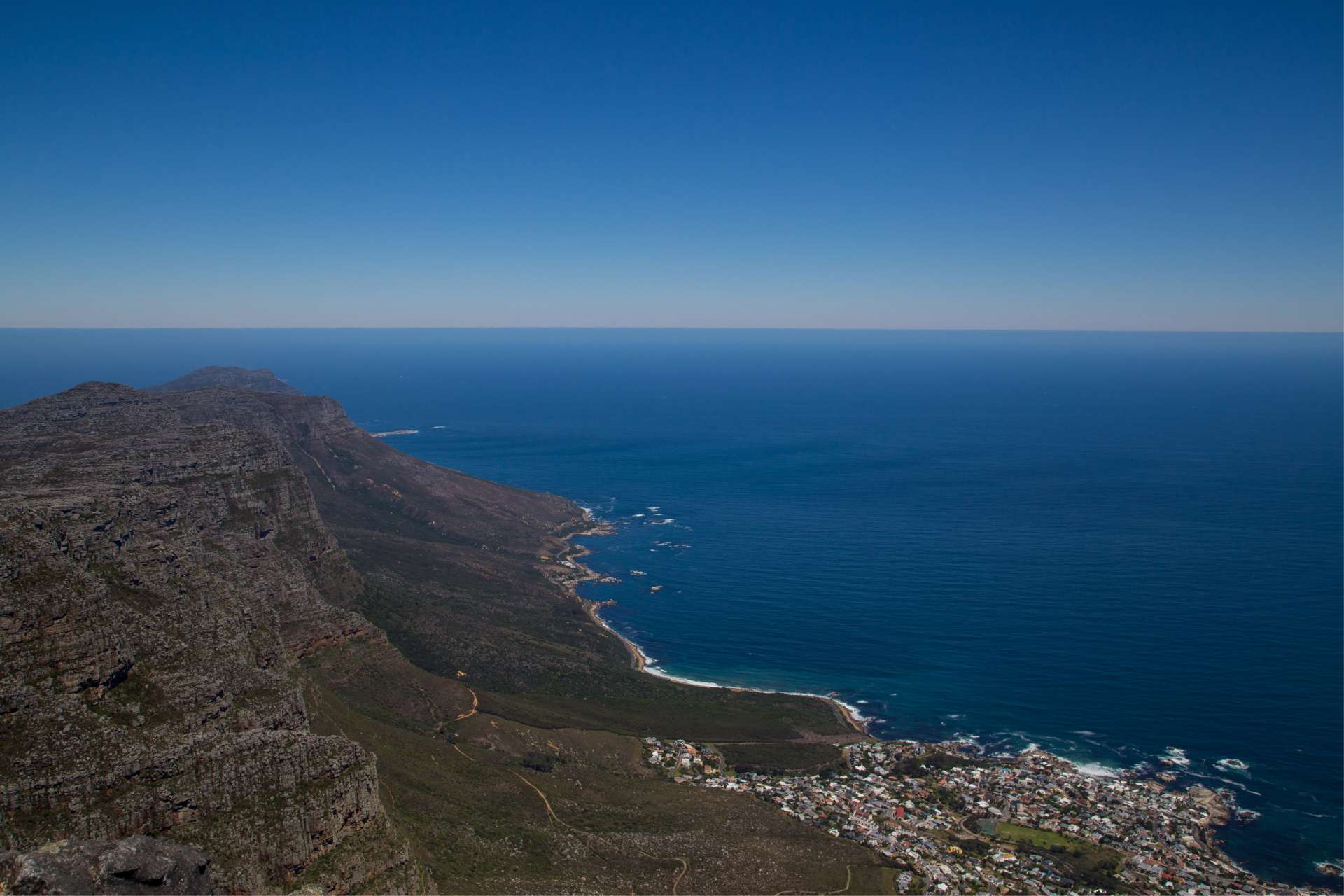
At the Kirstenbosch Botanical Garden, that was our destination on the second-to-last day, a 500-hectare botanical garden at the foot of Table Mountain. Of the approximately 22,000 plant species on this continent, about 9,000 are planted here. A treetop walkway, the 'Centenary Tree Canopy Walkway', has been opened so that you can enjoy the garden from above. Otherwise, we enjoyed the sun a bit and watched children play. In the evening, we ended our stay in a restaurant recommended by our host, Aubergine, and let ourselves be surprised.
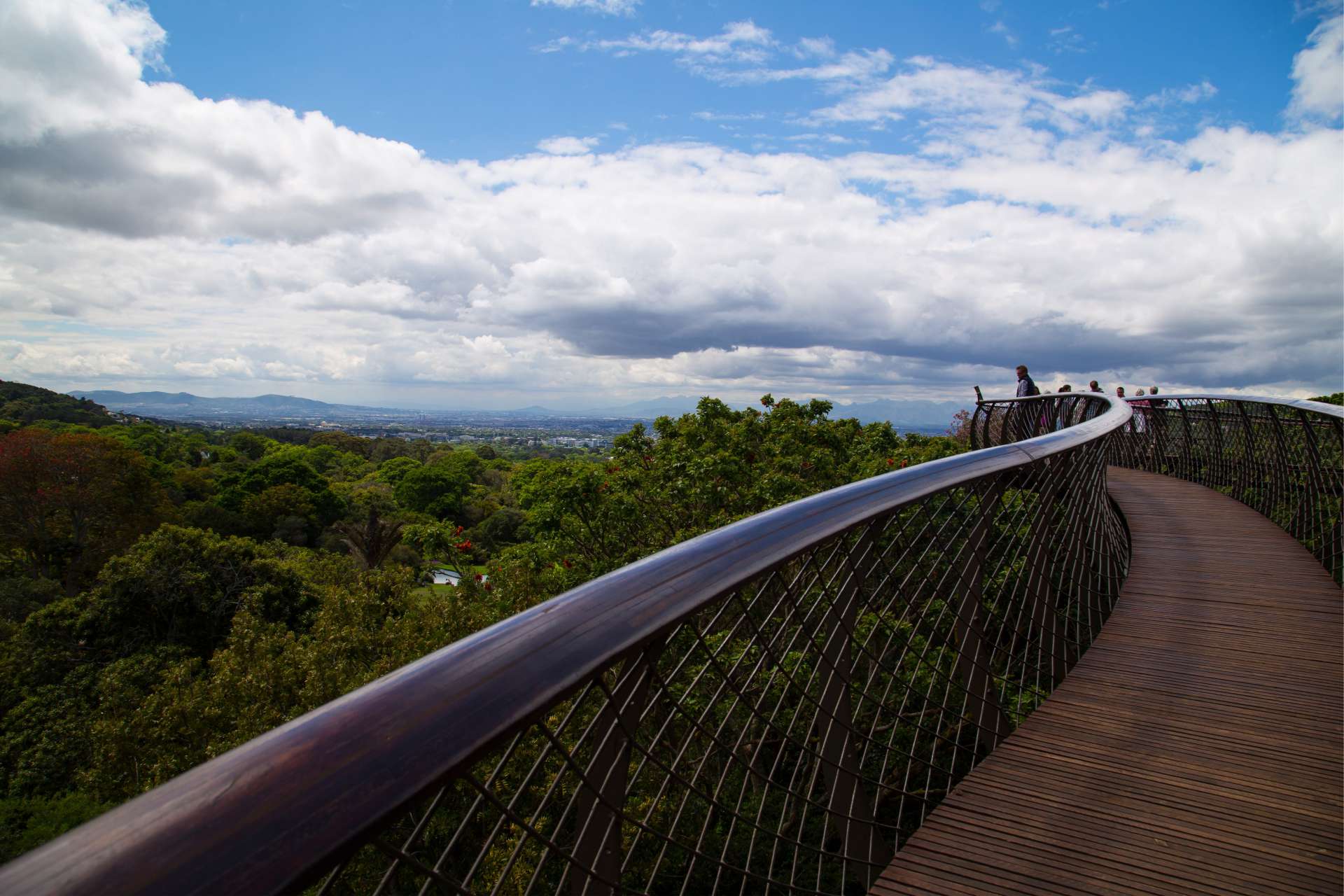
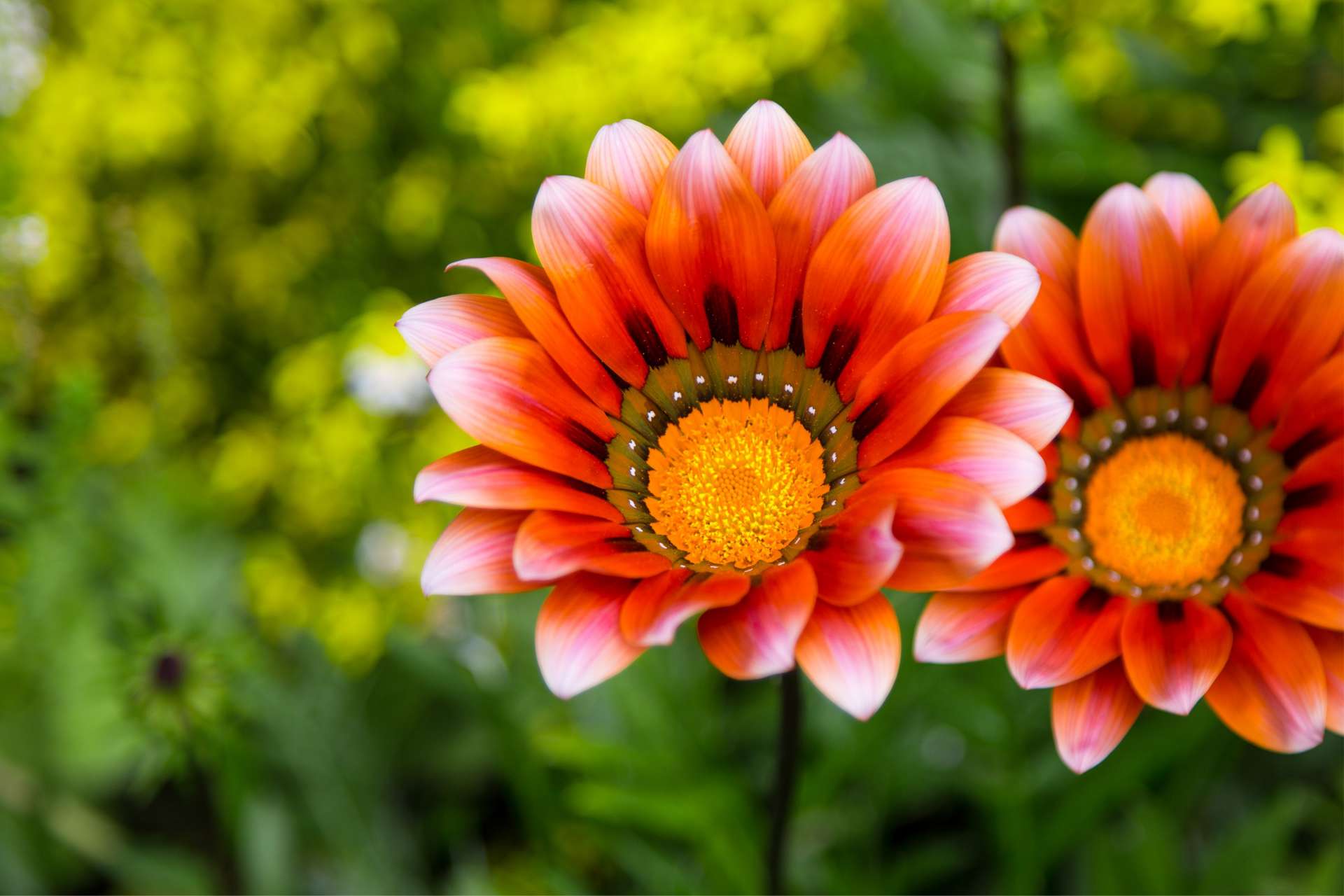
At some point, everything is over, and so we had to say goodbye, which was really very difficult for us this time.
After a long flight and arrival at 6am in Frankfurt, we first made up for the lack of sleep. It was so warm on the plane, and we could hardly sleep. The return flight was quite exhausting, maybe also because we weren't looking forward to leaving. This trip gave us a very nice overview. Since we both like peace and solitude, the places around the tourist hotspots were among the most beautiful for us. Even where there is a concentration of tourists, it is still very relaxed. The safari was a highlight with emotions that were triggered, simply incredible, and the sounds of the bush are fantastic. Cape Town was worth a visit, but next time we would only stay briefly to spend more time in nature and on the coast. There is still much to see, the Wild Coast, the West Coast above Cape Town, the Drakensberg, the Great Karoo, and the neighboring countries such as Botswana, Namibia, and Tanzania. To be continued......😎
Abonner på nyhedsbrev
Svar

